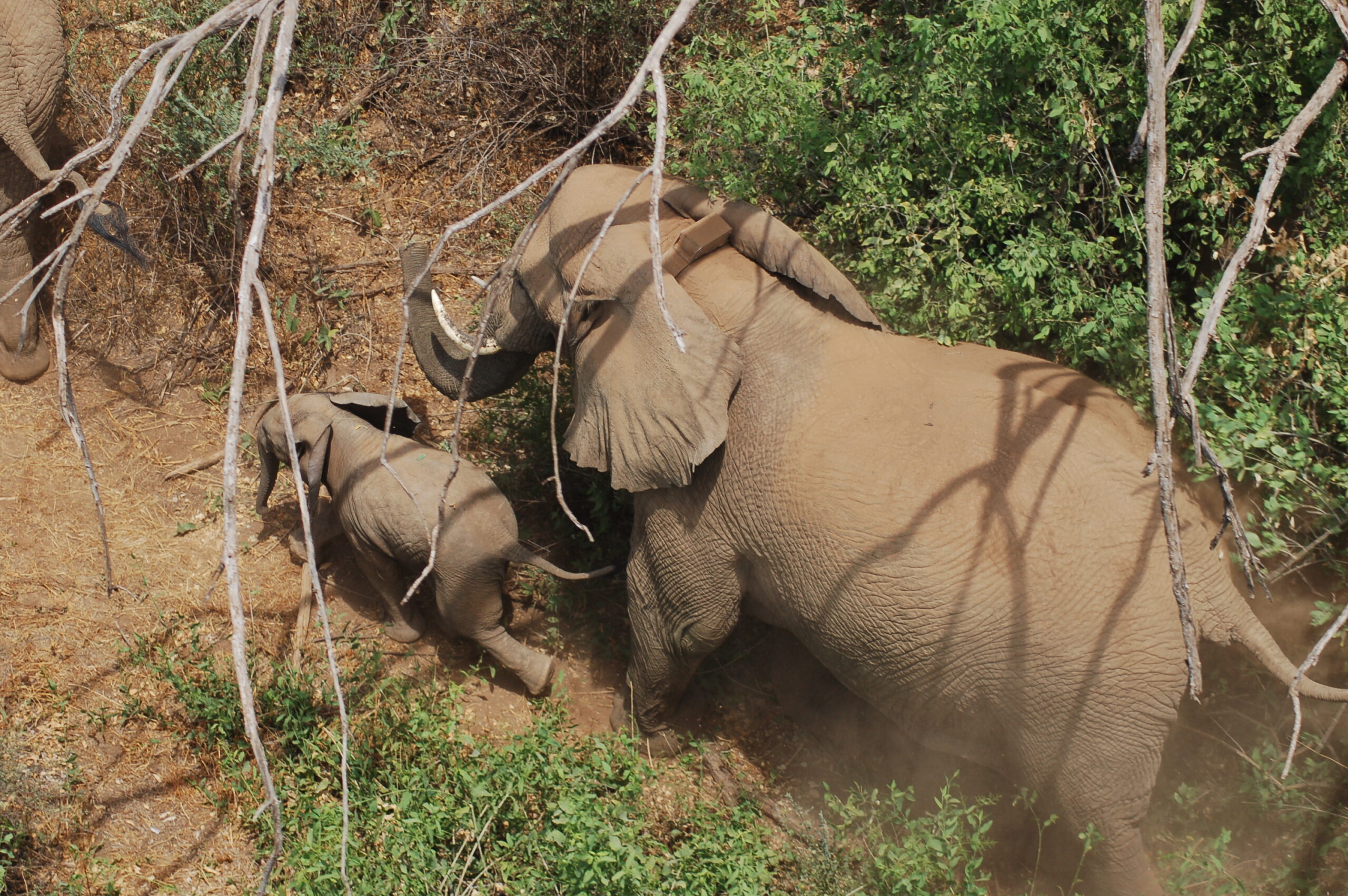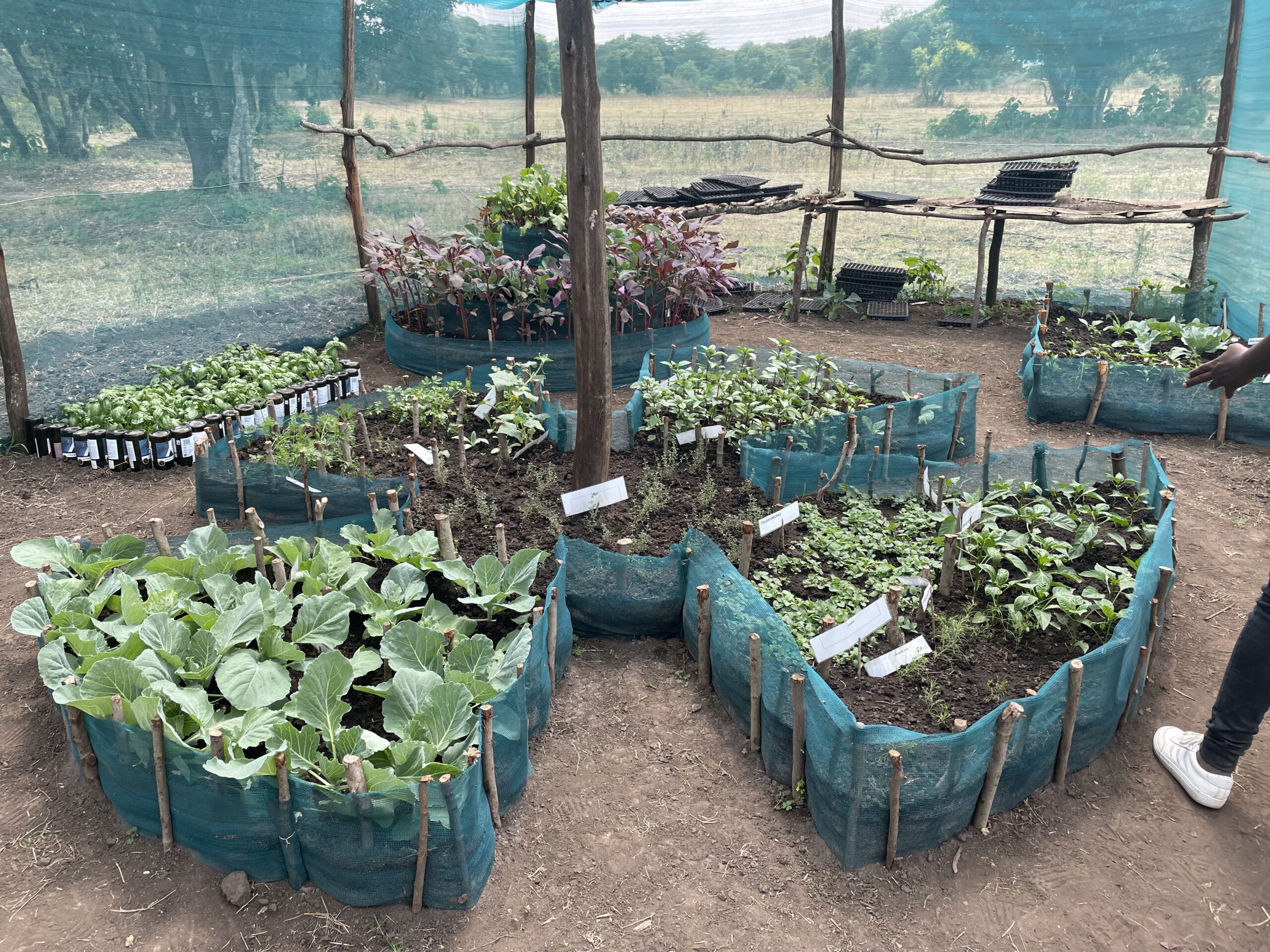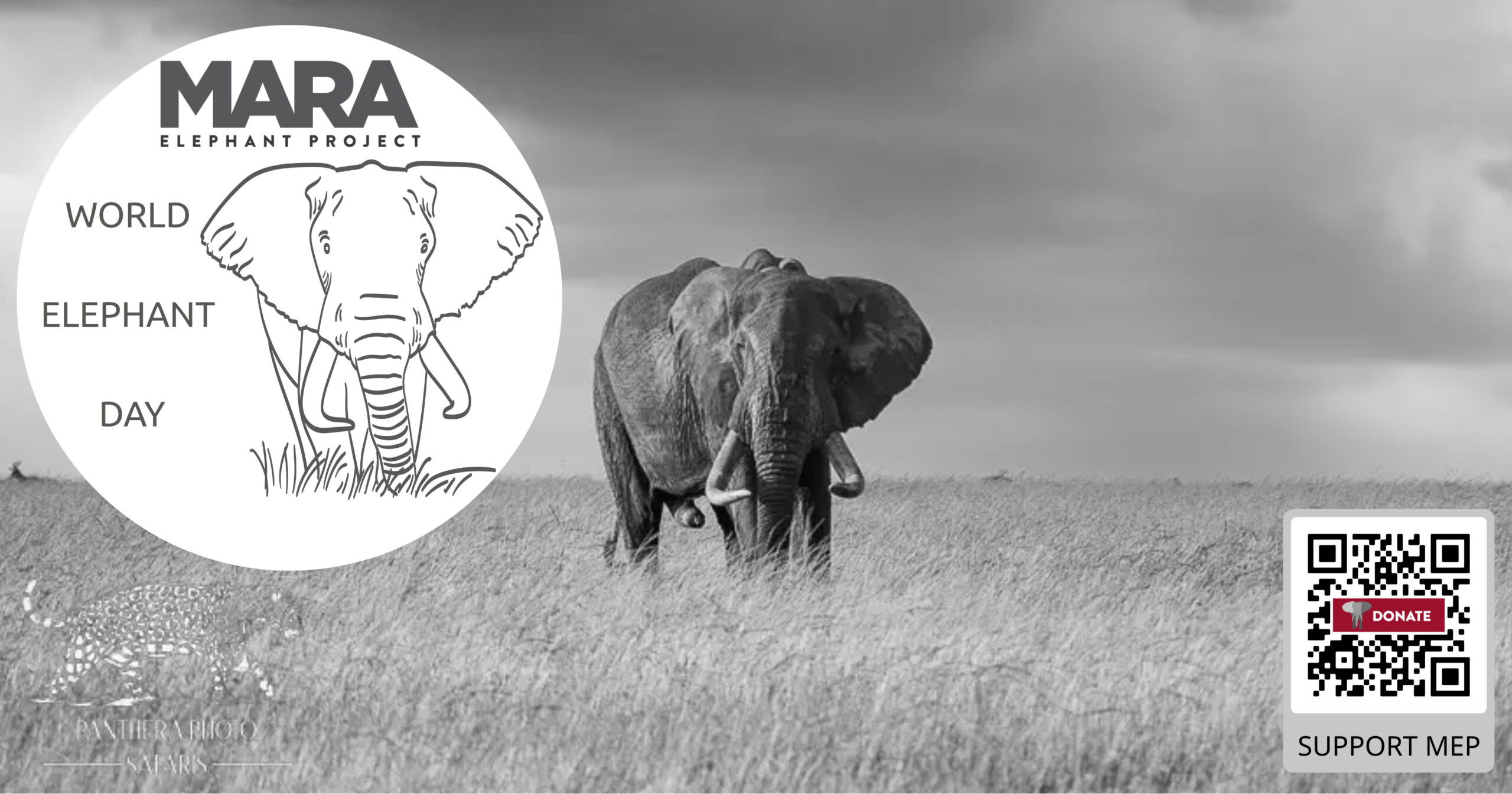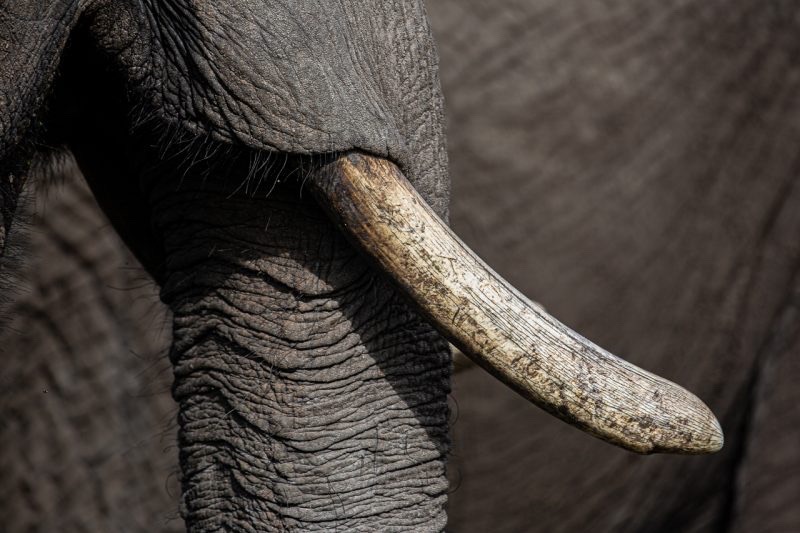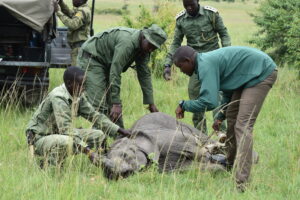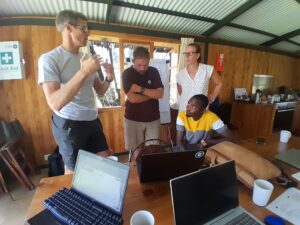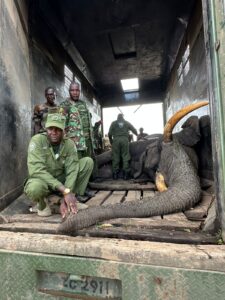In August, MEP was honored to host a Passing Out Parade (similar to a graduation) for our newly launched Loita ranger team, and for the Enarau Conservancy rangers that graduated alongside our team. We were humbled by the turnout, which included distinguished guests the Honorable Najib Balala, Cabinet Secretary, Ministry of Tourism and Wildlife and Regional Coordinator West Daniel Muli from the Maasai Mara Wildlife Conservancies Association. MEP’s Honorary Trustee Brian Heath was also in attendance and CEO Marc Goss spoke at the ceremony. The rangers performed a parade and received warm wishes and congratulations from everyone in attendance. This ranger team has been deployed in the Loita Hills to increase protection for wildlife, their habitats and the communities they call neighbors. Congratulations to the graduates!
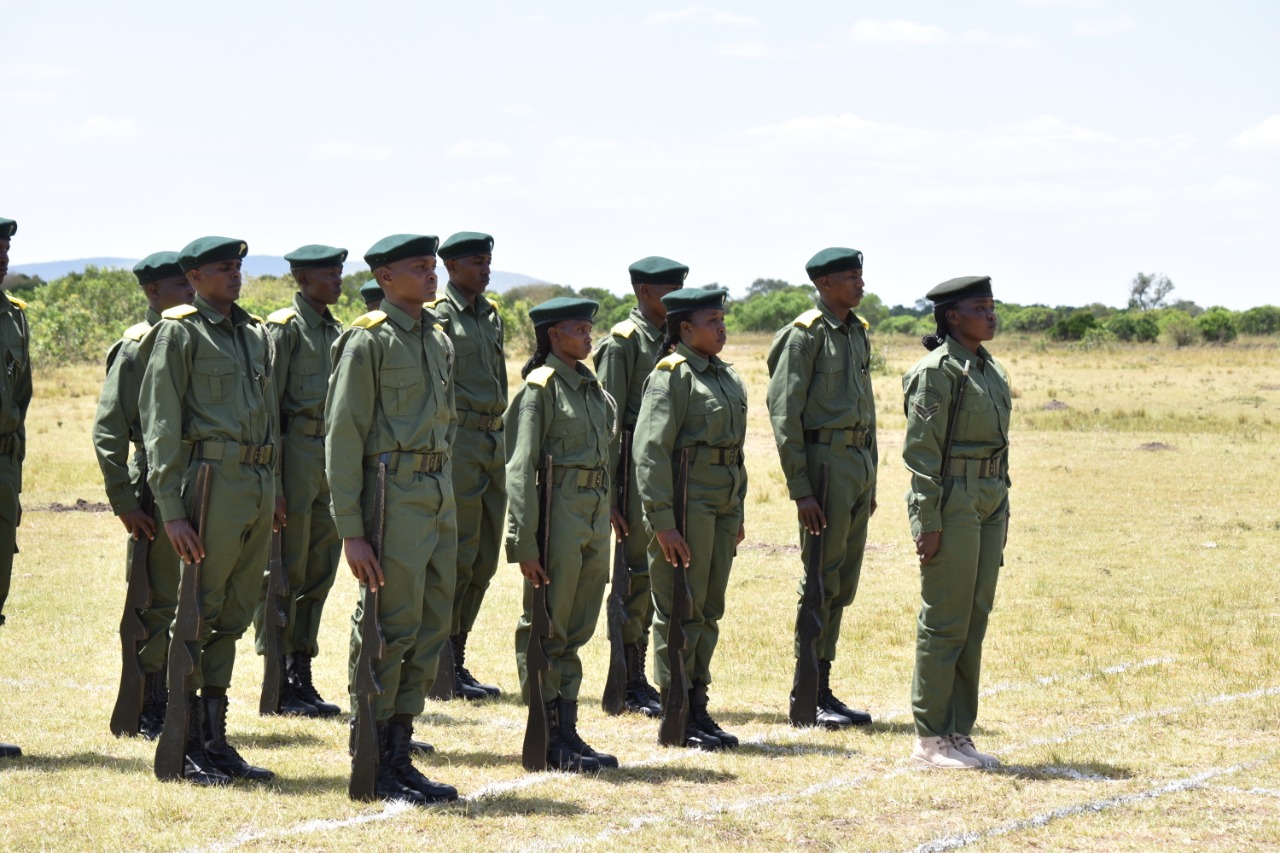
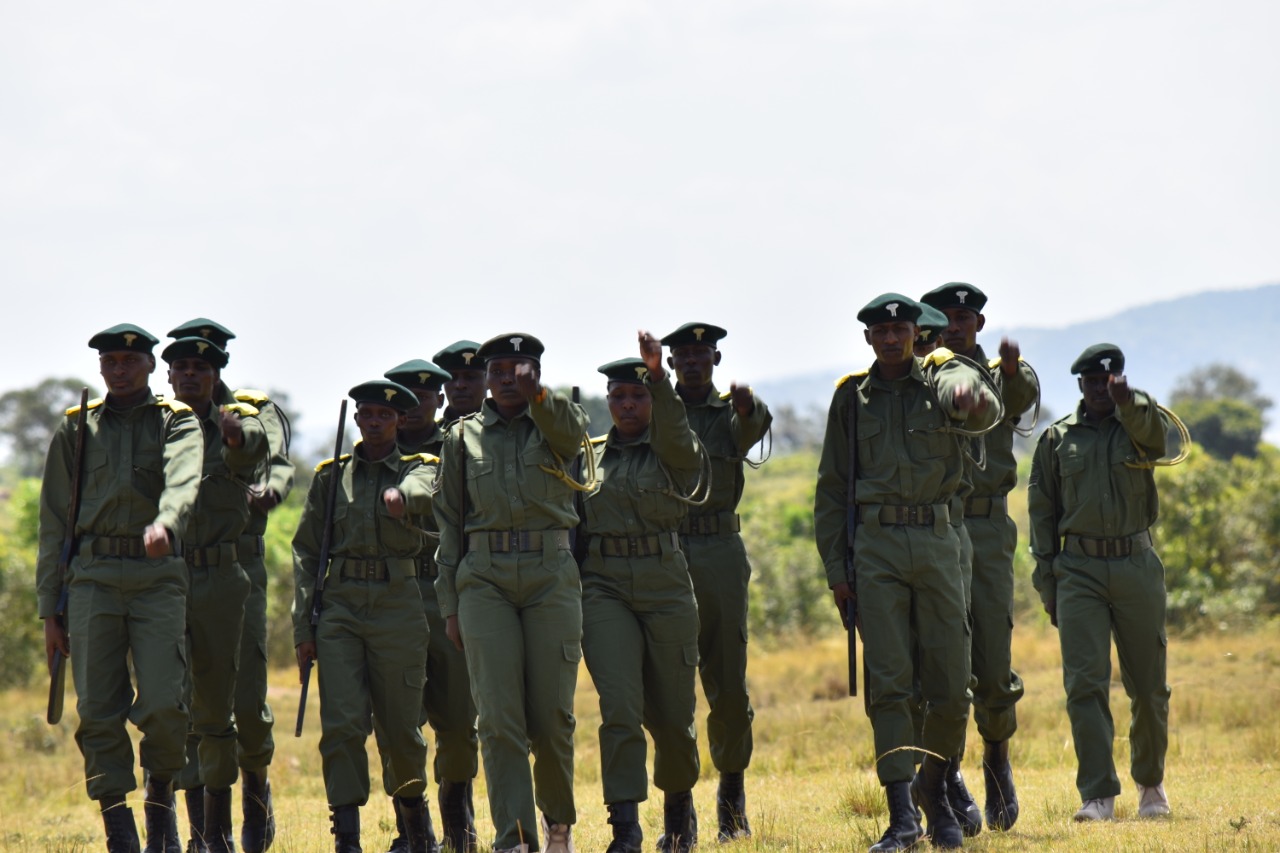
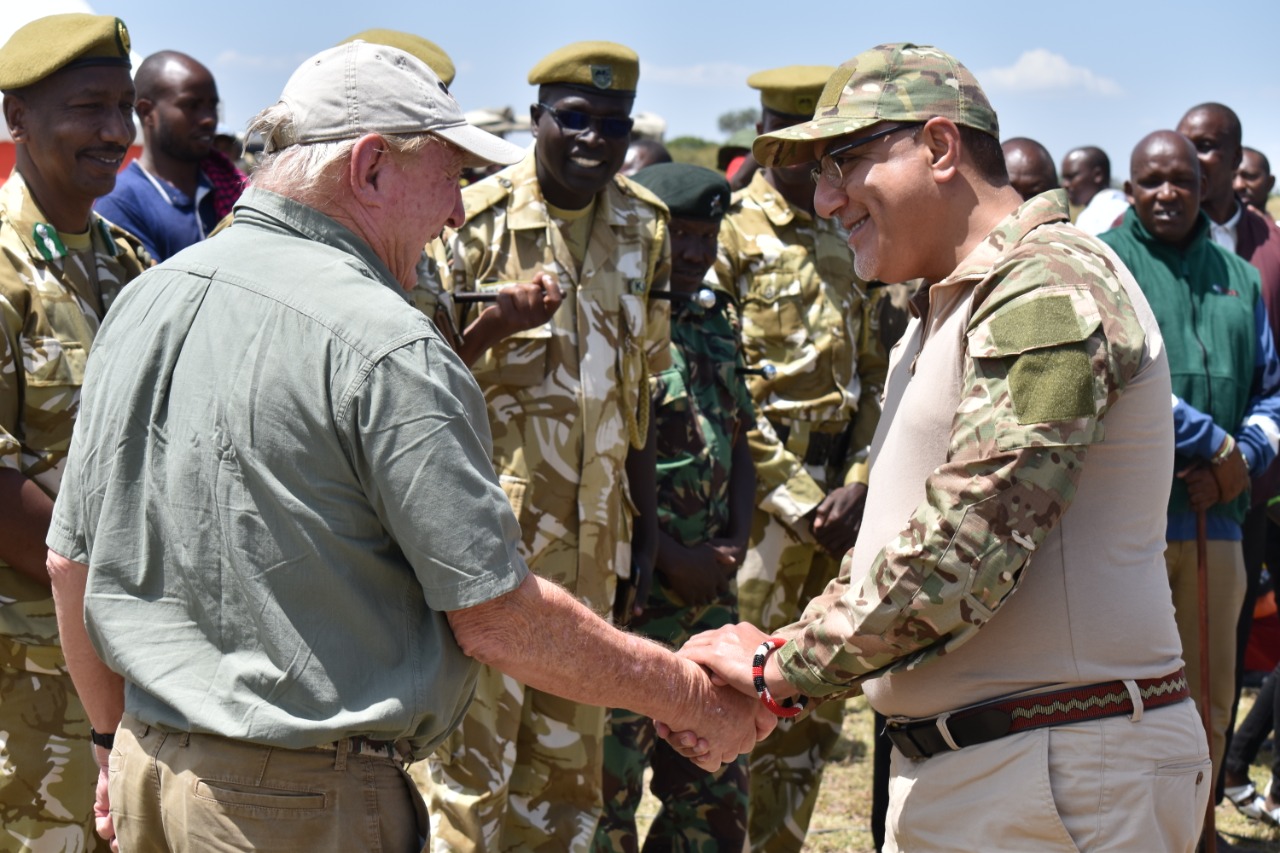
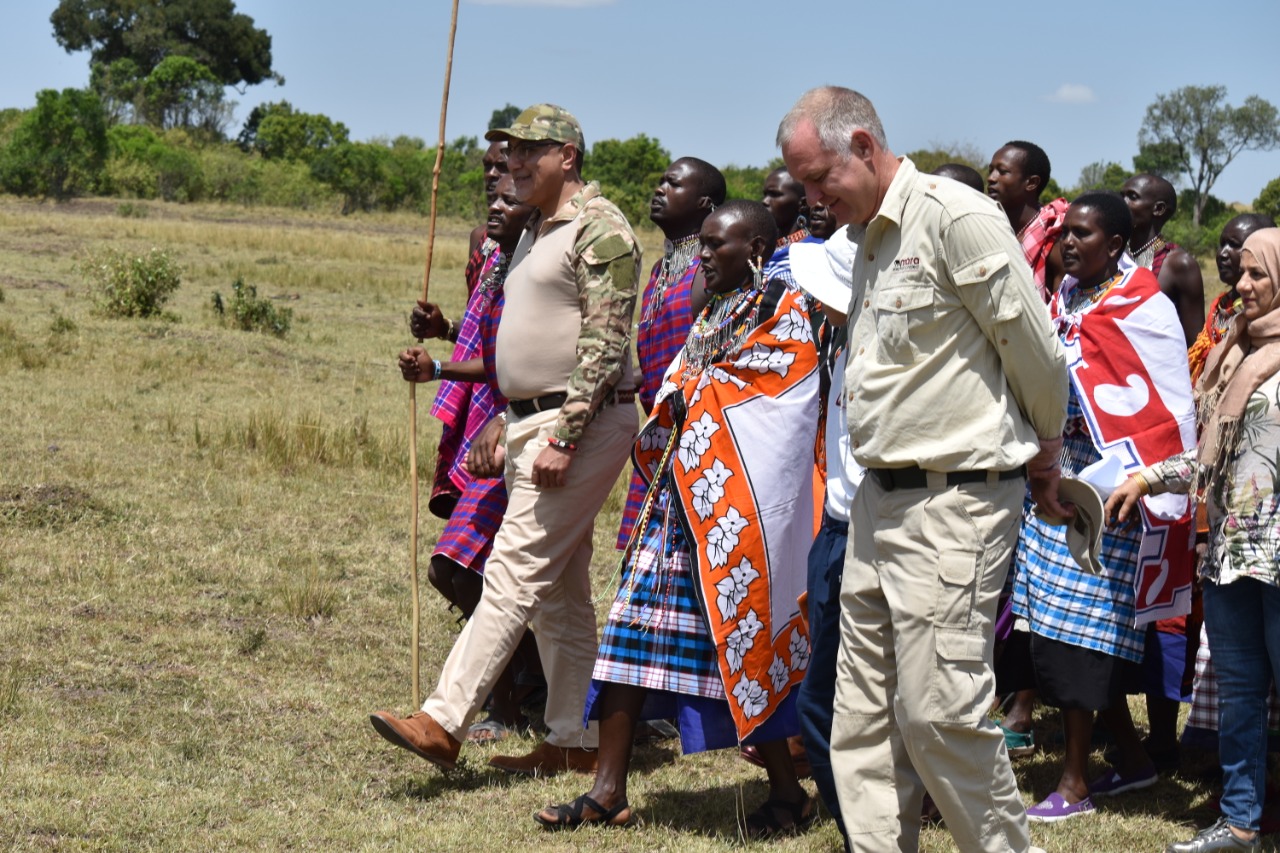

In August, MEP joined our partners to save an elephant mother from a horrible snare wound. MEP rangers from the “Golf” team joined with Mara Triangle rangers to search for the wounded mother, and her calf, after a local guide from Governor’s Camp spotted the injury. It was easier said than done, but after a day of searching, they were spotted inside an area that wasn’t easily accessible for treatment. The MEP leased helicopter piloted by CEO Marc Goss was called in to push her out, and the Sheldrick Wildlife Trust Mara Mobile Vet Unit did what they do best, treat the wound. The snare had caused a very deep cut into this mom’s leg and Kenya Wildlife Service (KWS) Vet Dr. Ephantus Ndambiri removed the snare and treated the wound. After treatment, the mother elephant was up on her feet with her breastfeeding baby by her side. Wire snares are not only harmful to the wildlife meant to be trapped and used for bushmeat, but also for wildlife like elephants, as they cause life threatening injuries like the one you see here. MEP rangers have removed over 1,450 snares in their areas of operation in order to increase protection for the wildlife that call it home.
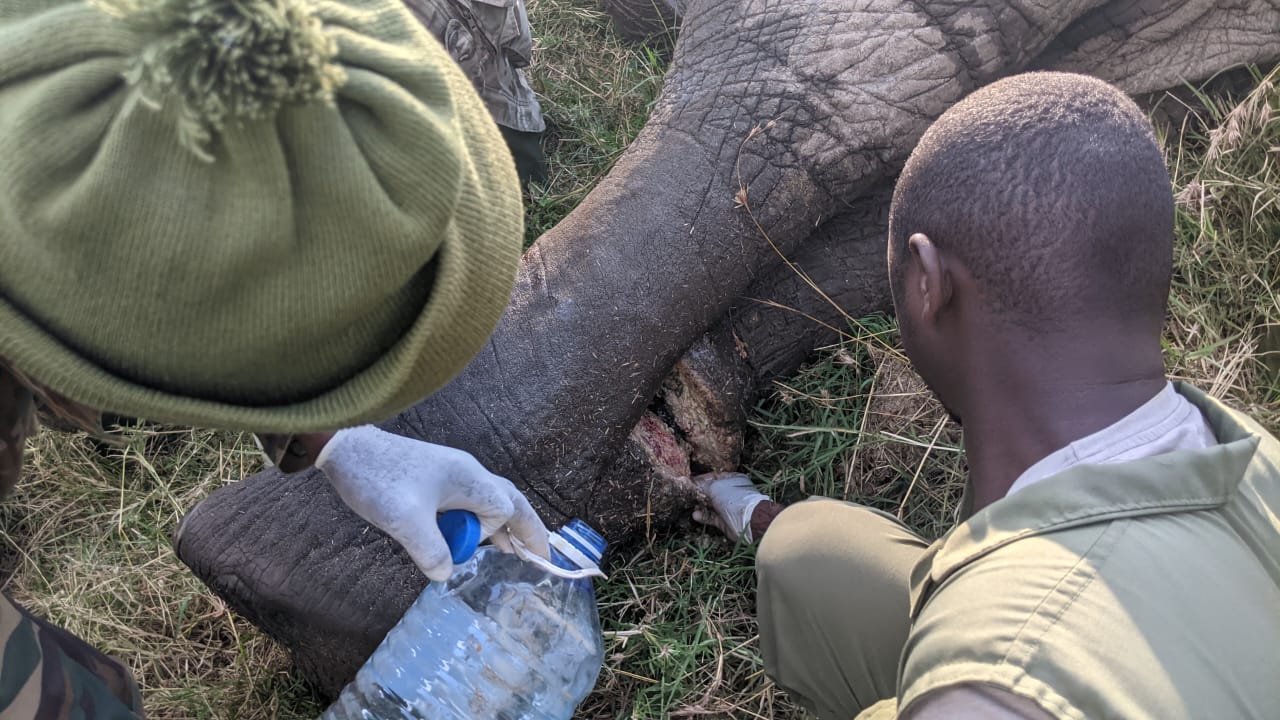
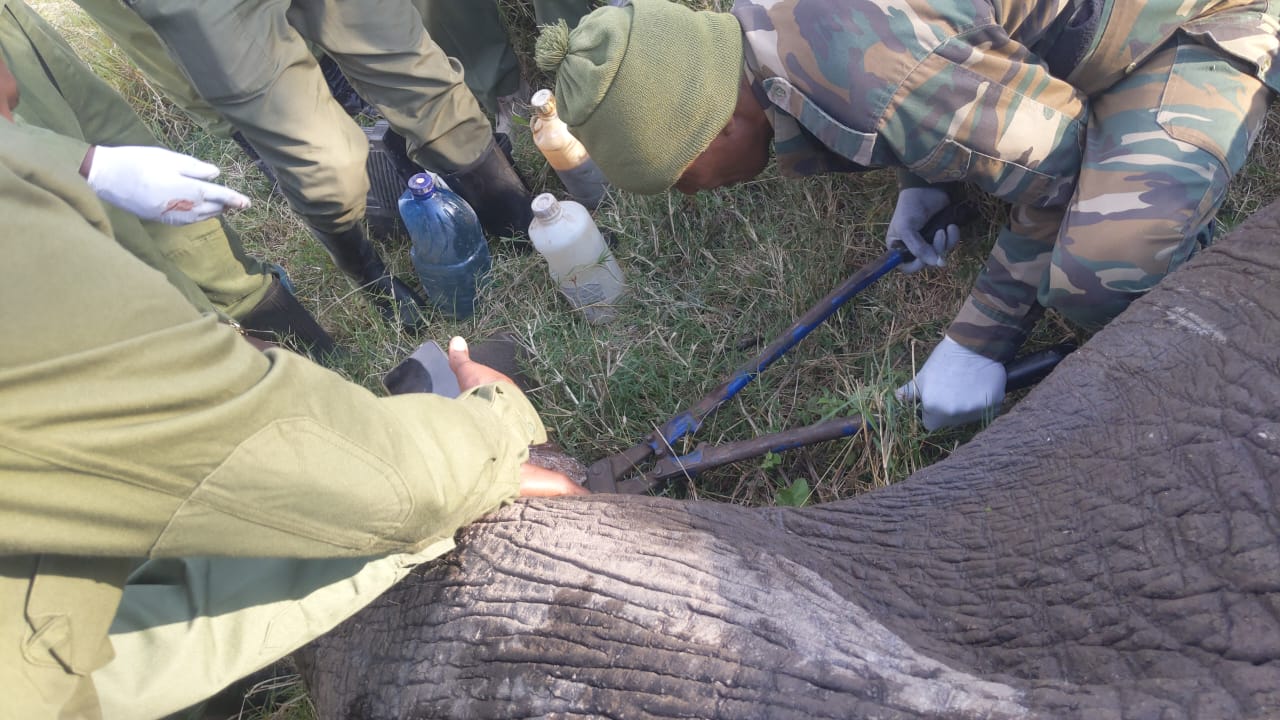
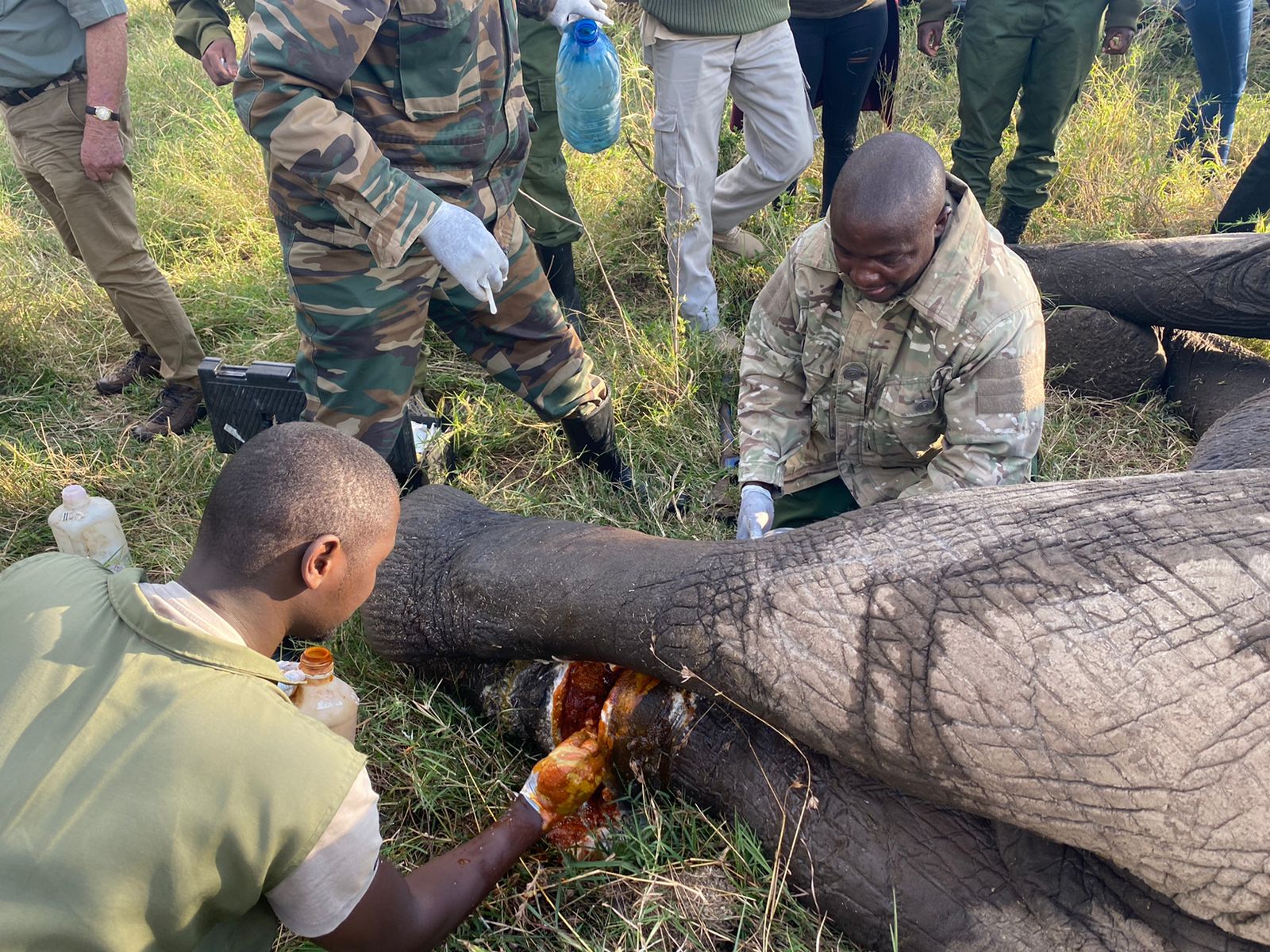
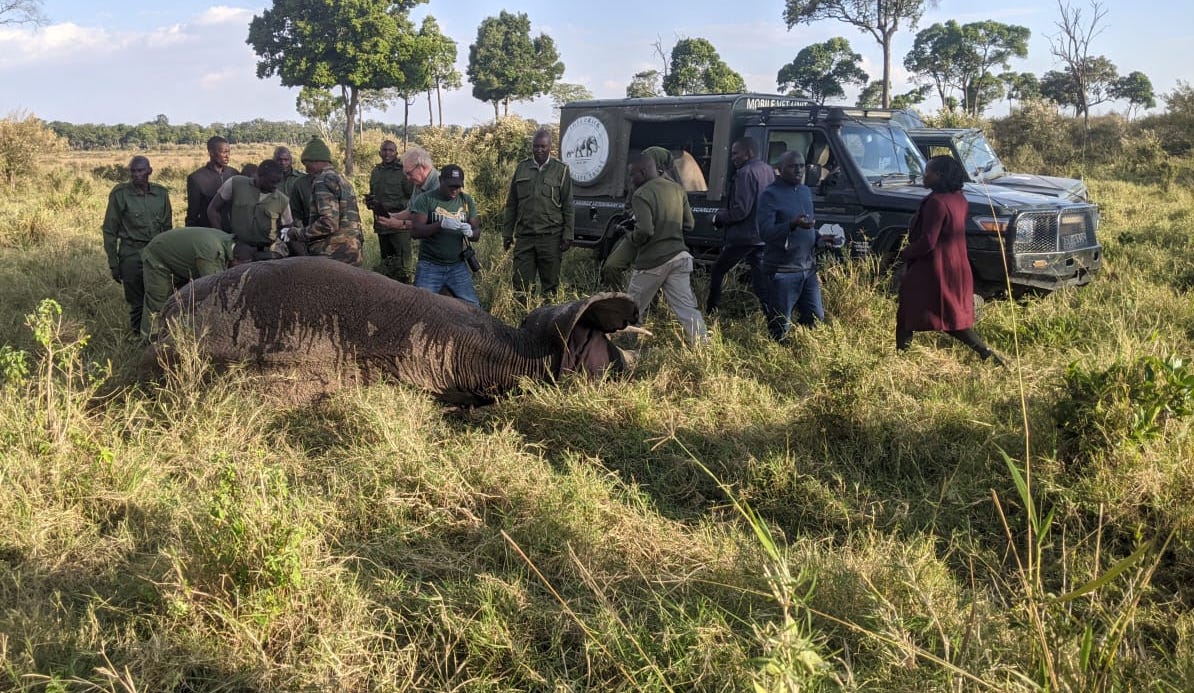
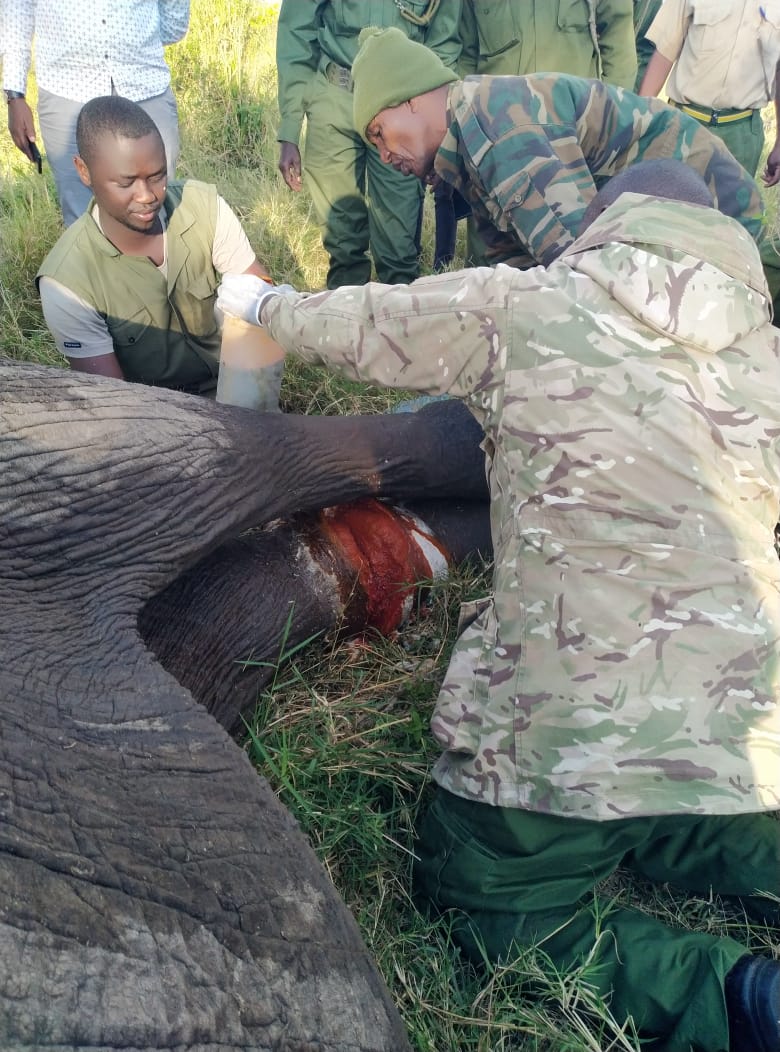
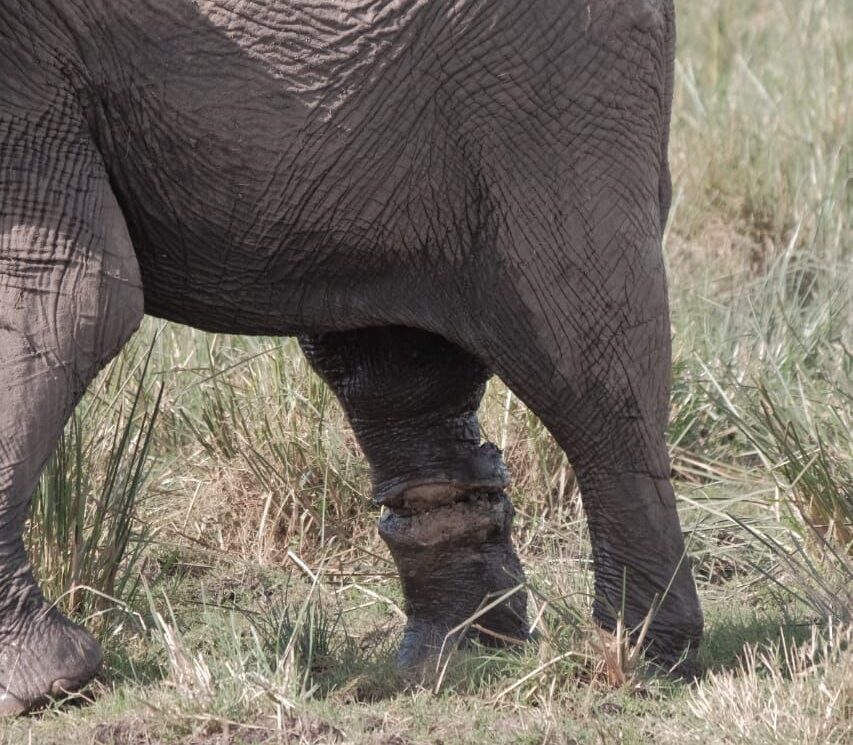
In August, MEP’s “Foxtrot” ranger team responded to a medical emergency when a motorbike accident occurred nearby their area of patrol. Two men were injured and needed transportation to a nearby clinic. The MEP rangers are all trained in first aid, and a core group including some members of the “Foxtrot” team have patrol medic training. The rangers responded by administering first aid to the men that were injured and transporting them to a nearby clinic where they received medical attention. MEP’s rangers are all local community members tasked with not only protecting wildlife, but also people. We are proud to be able to respond to incidents like this and wish everyone involved a quick recovery.
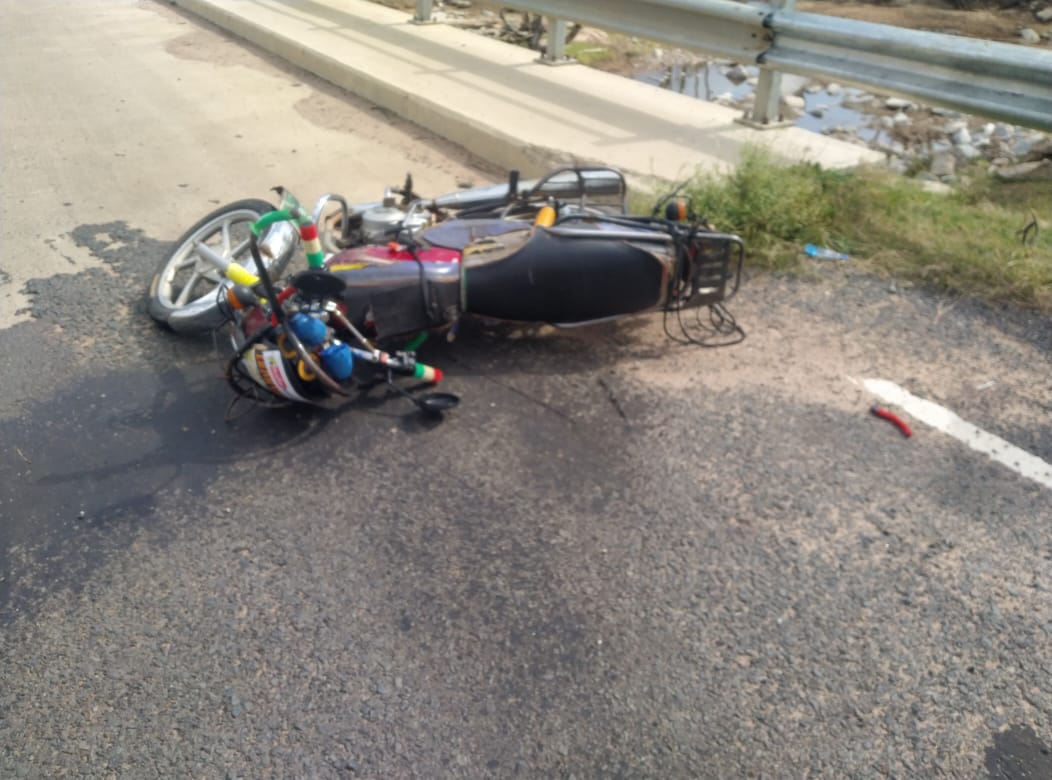

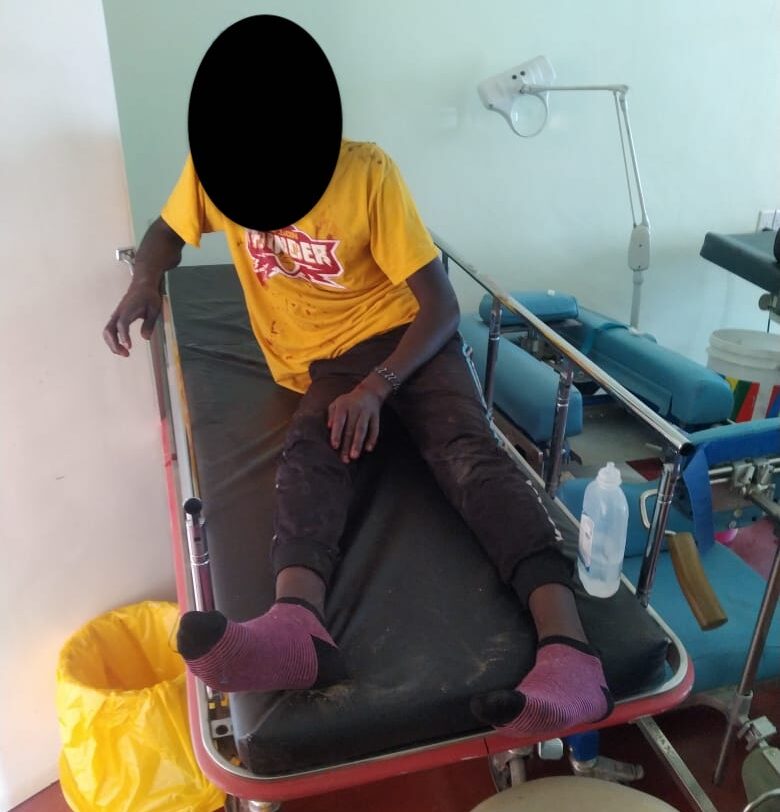
In terms of habitat destruction in August, MEP’s rangers alongside government partners arrested 14 habitat destruction suspects, confiscated two power saws, 79 posts, 38 timbers and six trees that were logged. They also destroyed 32 kilns, nine sacks of charcoal and removed 9 snares.
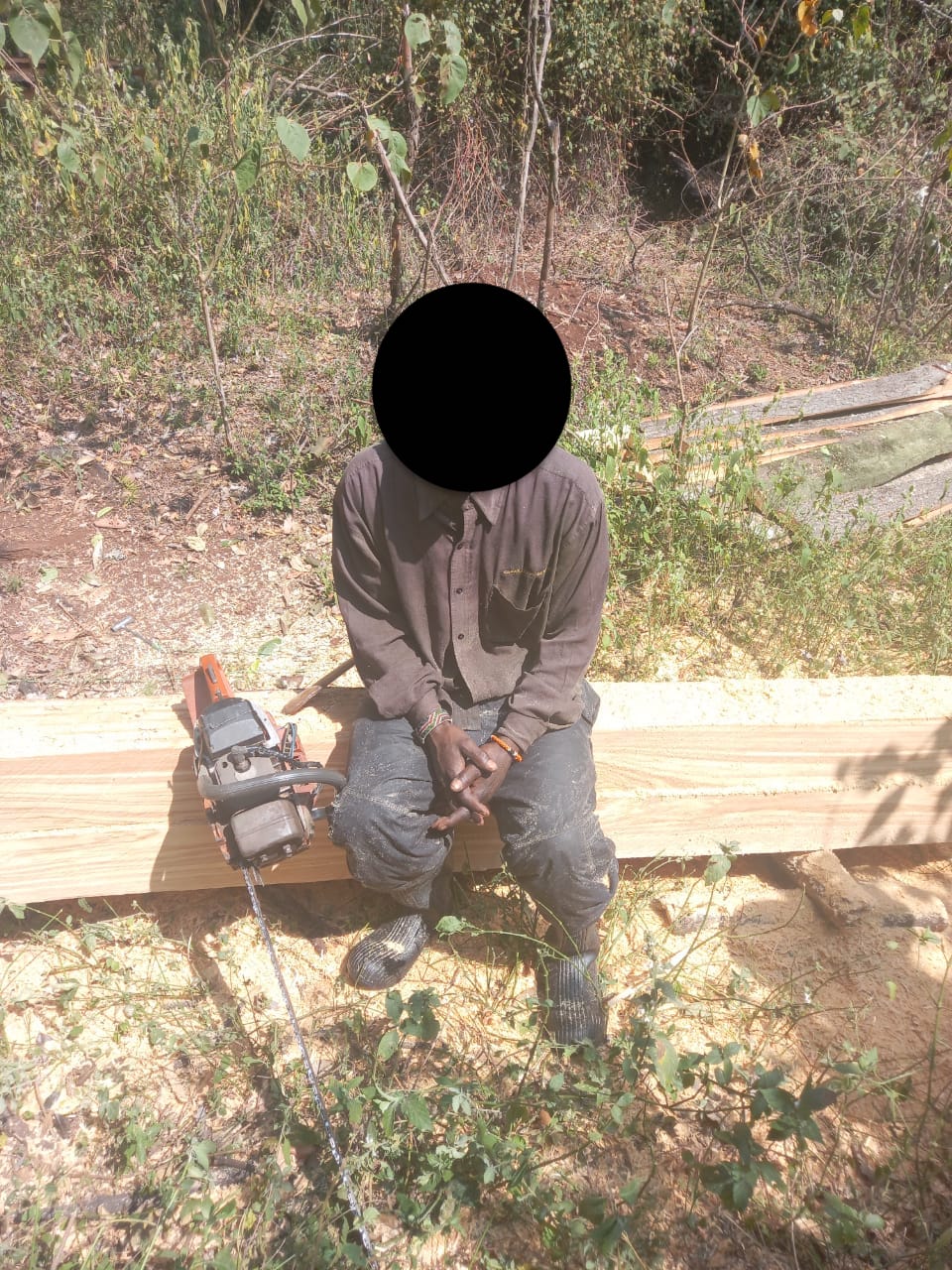
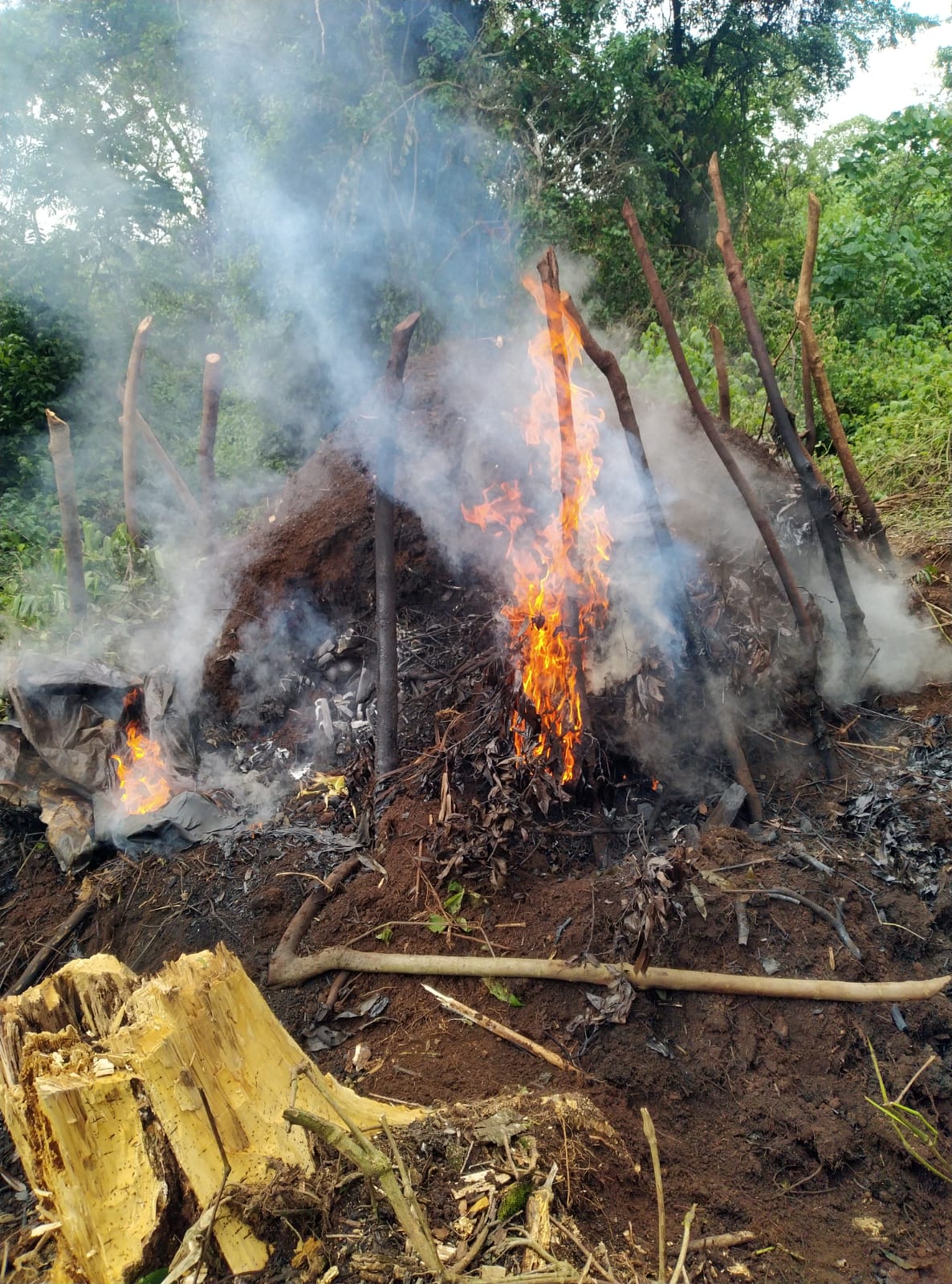
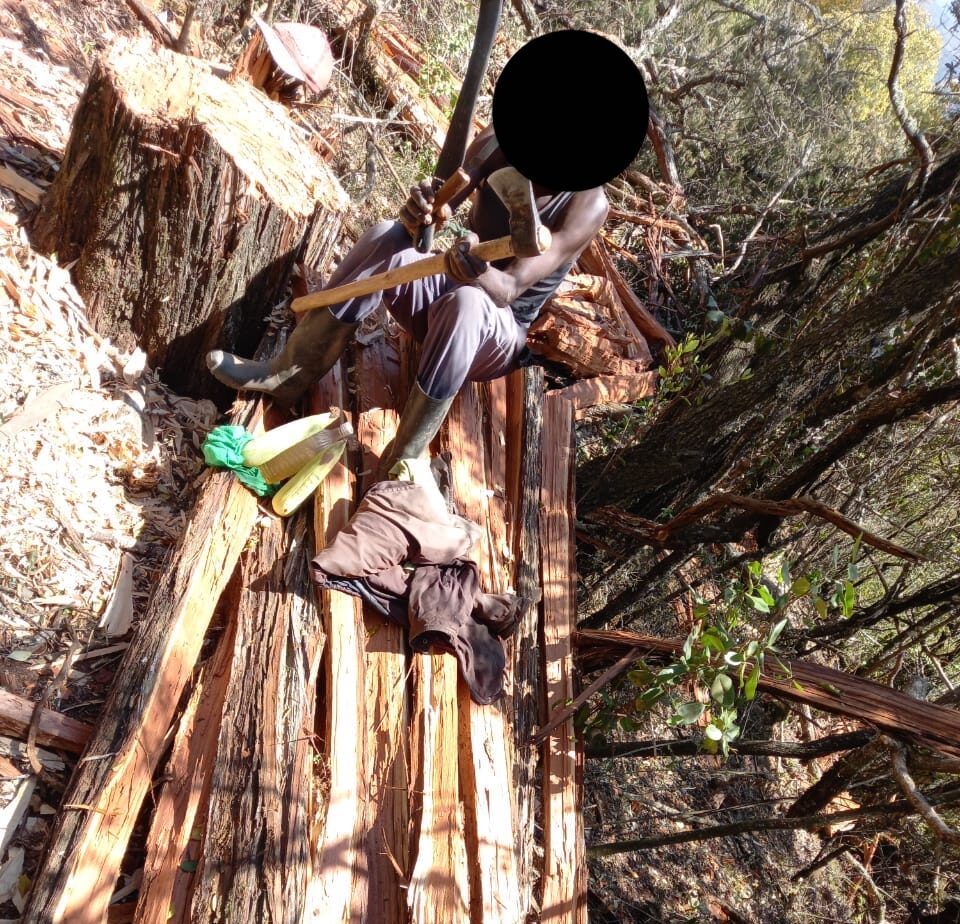
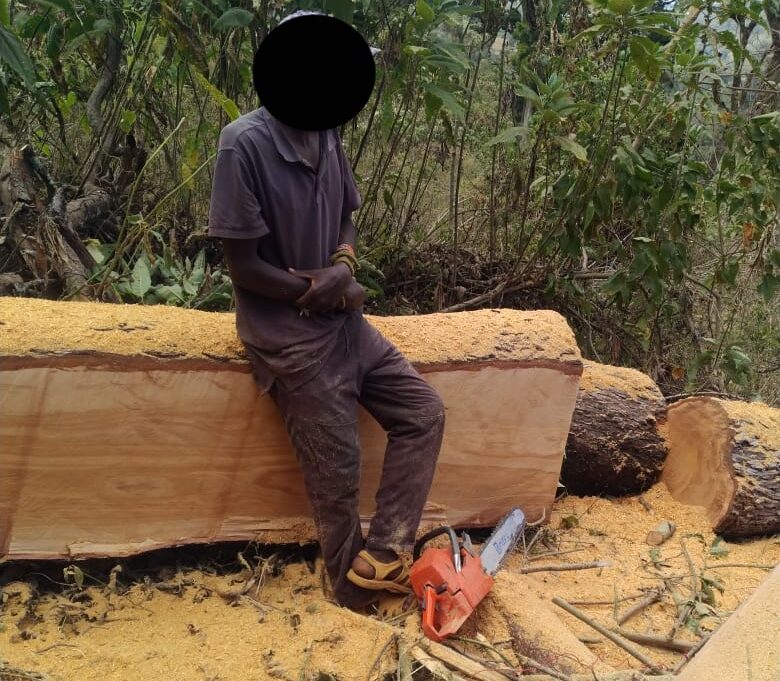
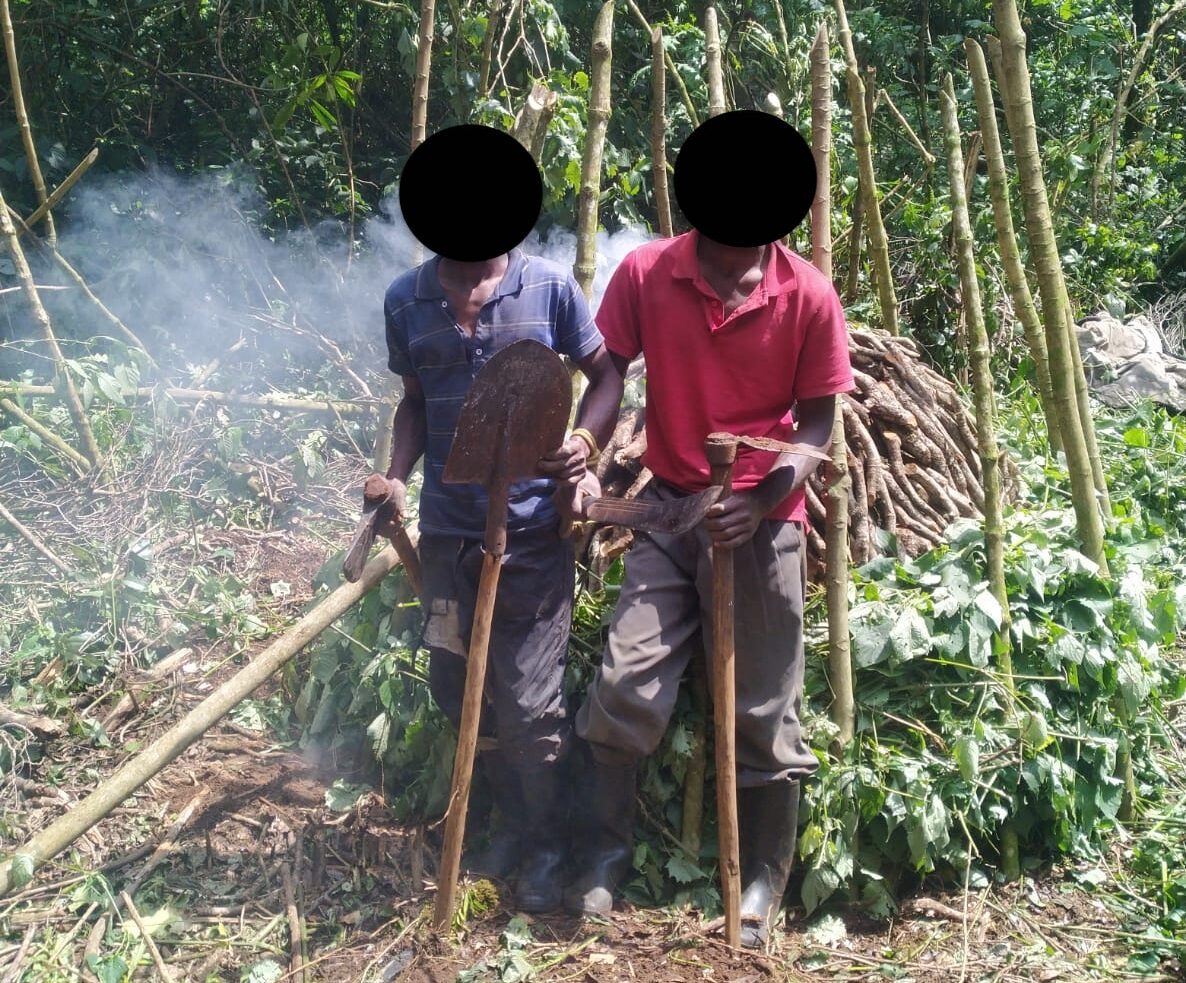
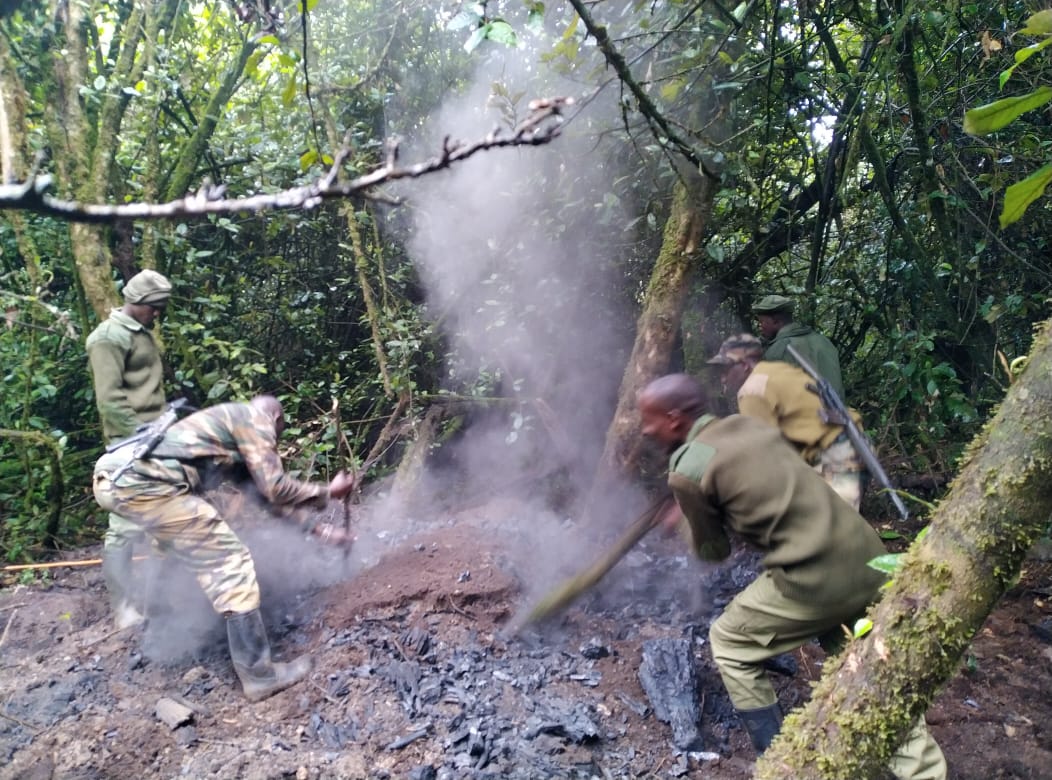
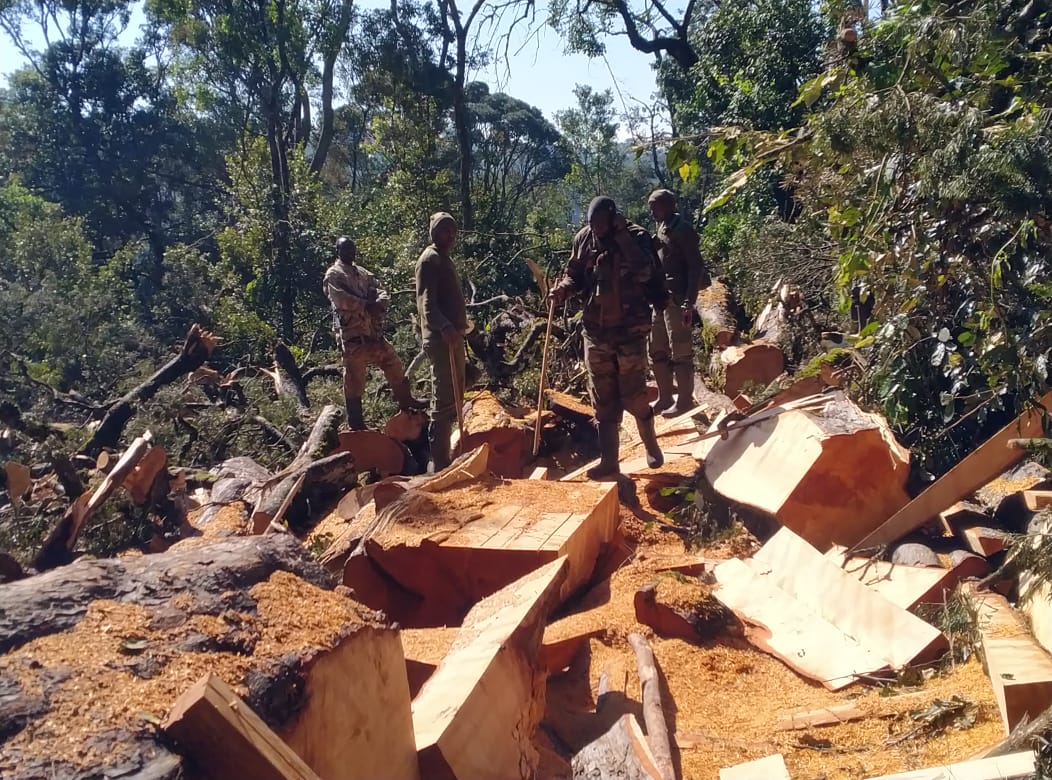
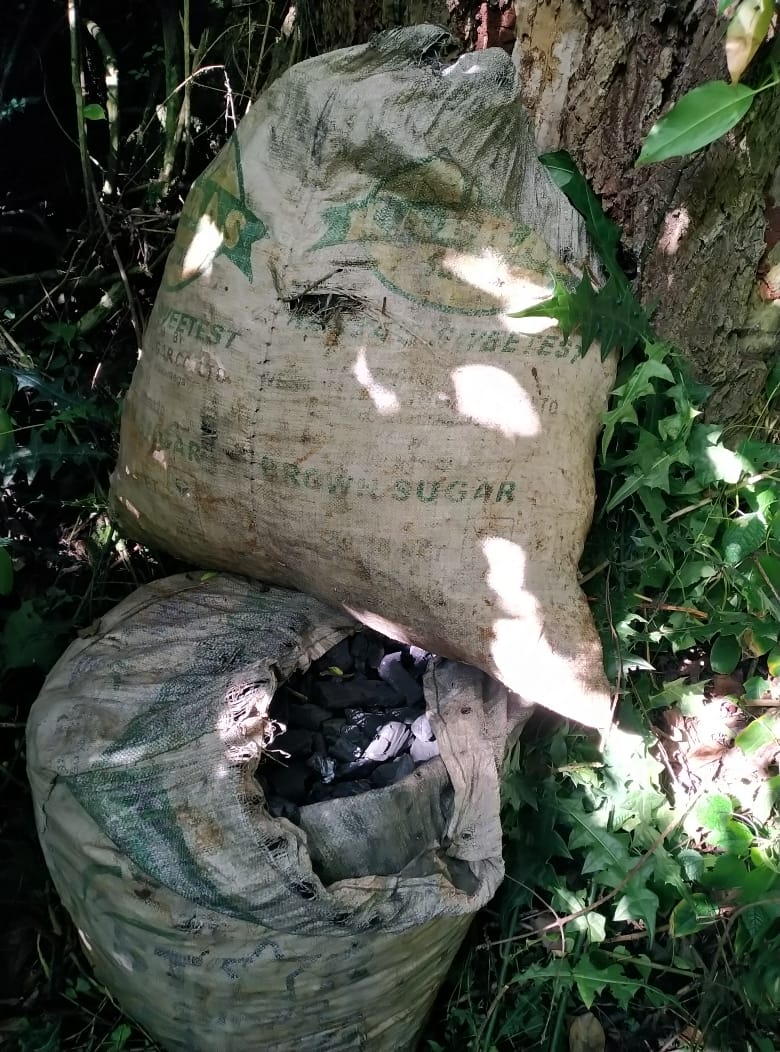
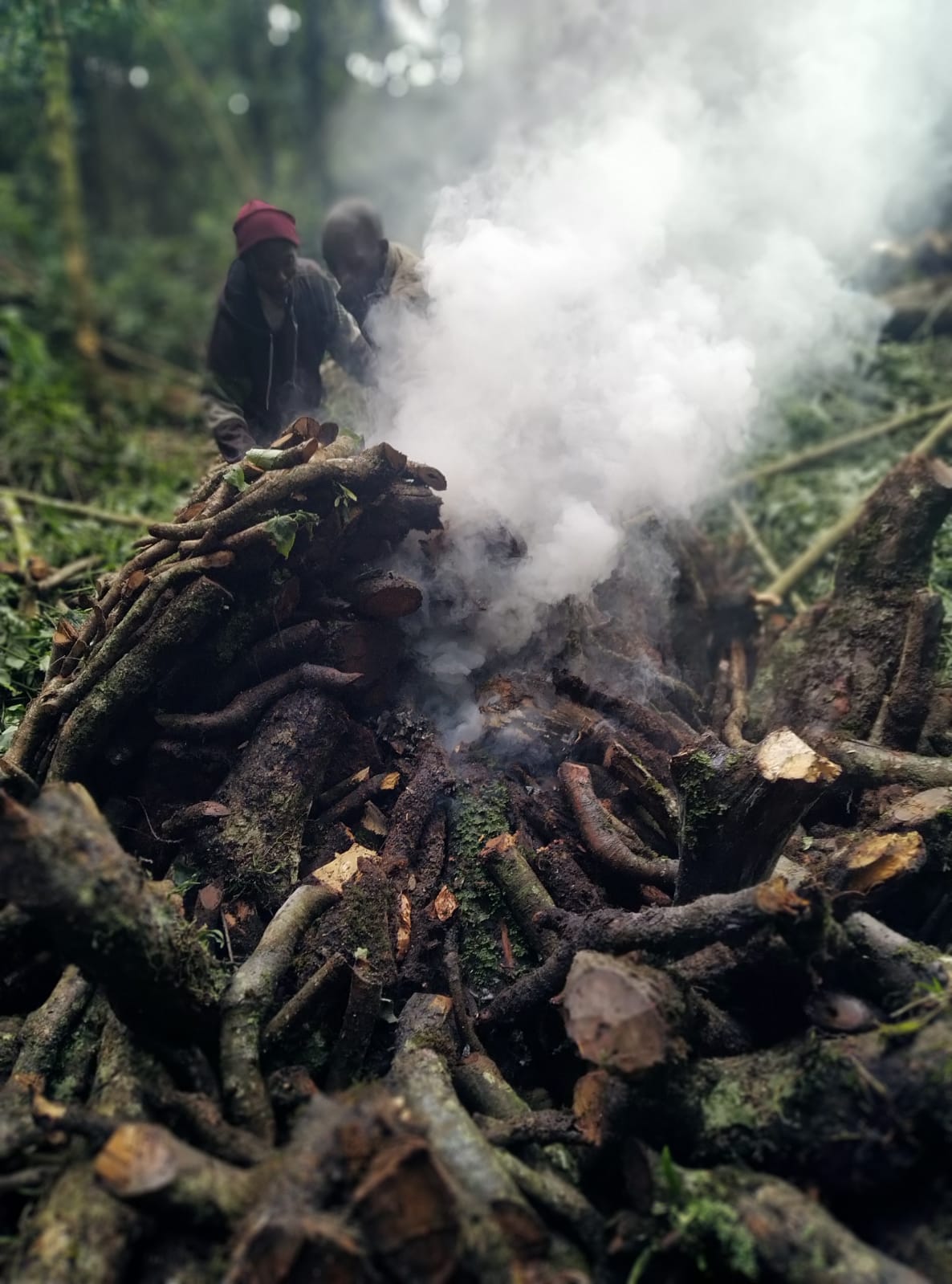
In August, the MEP “Golf” ranger team was called by the community to respond to conflict involving elephants inside their yards. Once the team arrived, the elephants had departed, but their footprints were left behind, both literally and figuratively. There were two homes with major damage, as this Maasai homeowner is showing you. These are family homes that now need extensive repairs to provide the shelter needed. Luckily no one was injured during this encounter; however, that’s not always the case. Elephants are the largest land mammals, and when they come into contact with communities, they can cause major damage to infrastructure, crops and even large vehicles. Earlier in the week, while responding to a conflict incident with our partners, Kenya Wildlife Service, their vehicle was rammed by an elephant, and the results, as you can see, totaled the vehicle. Everyone walked away with minor injuries.

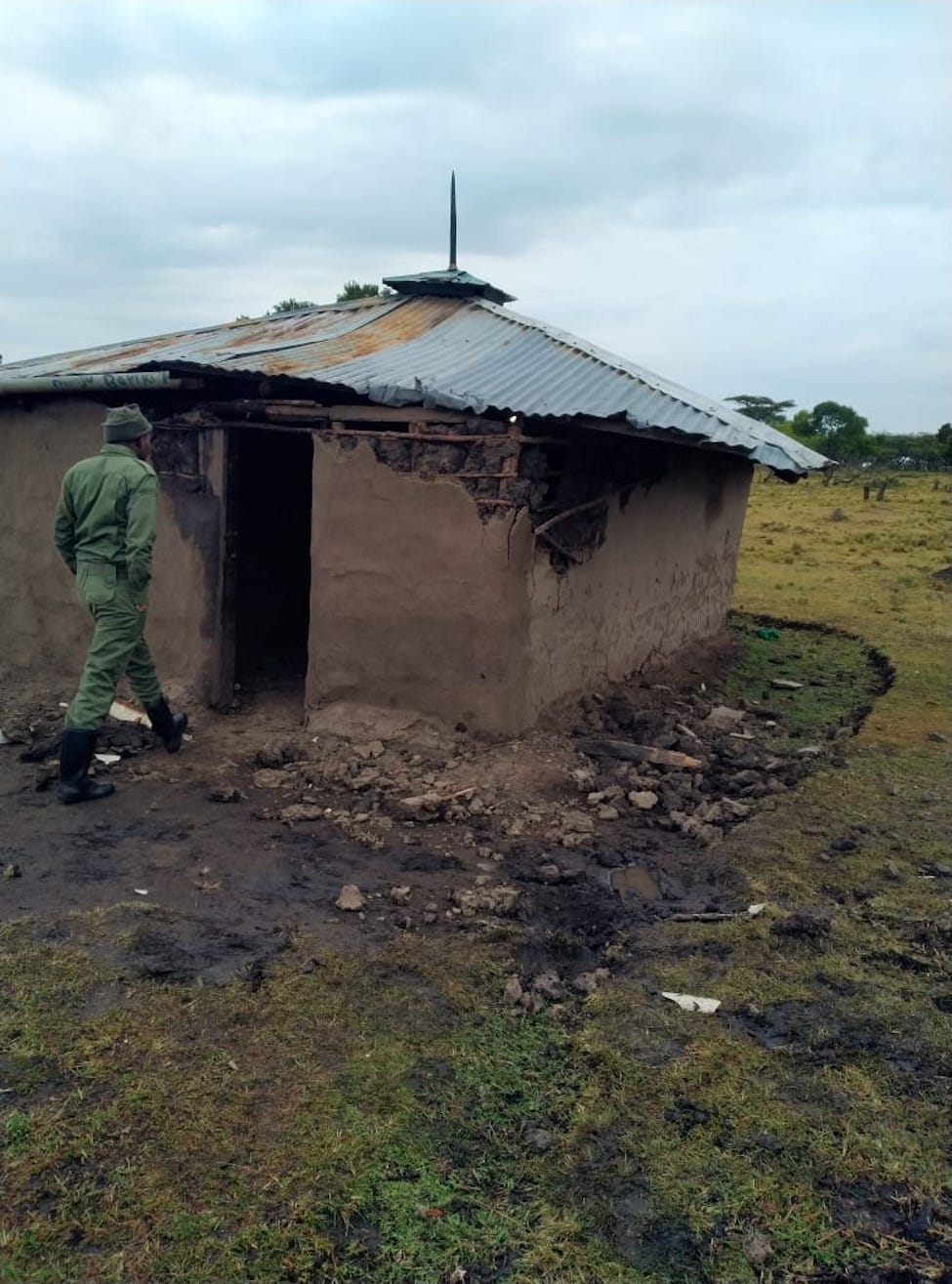
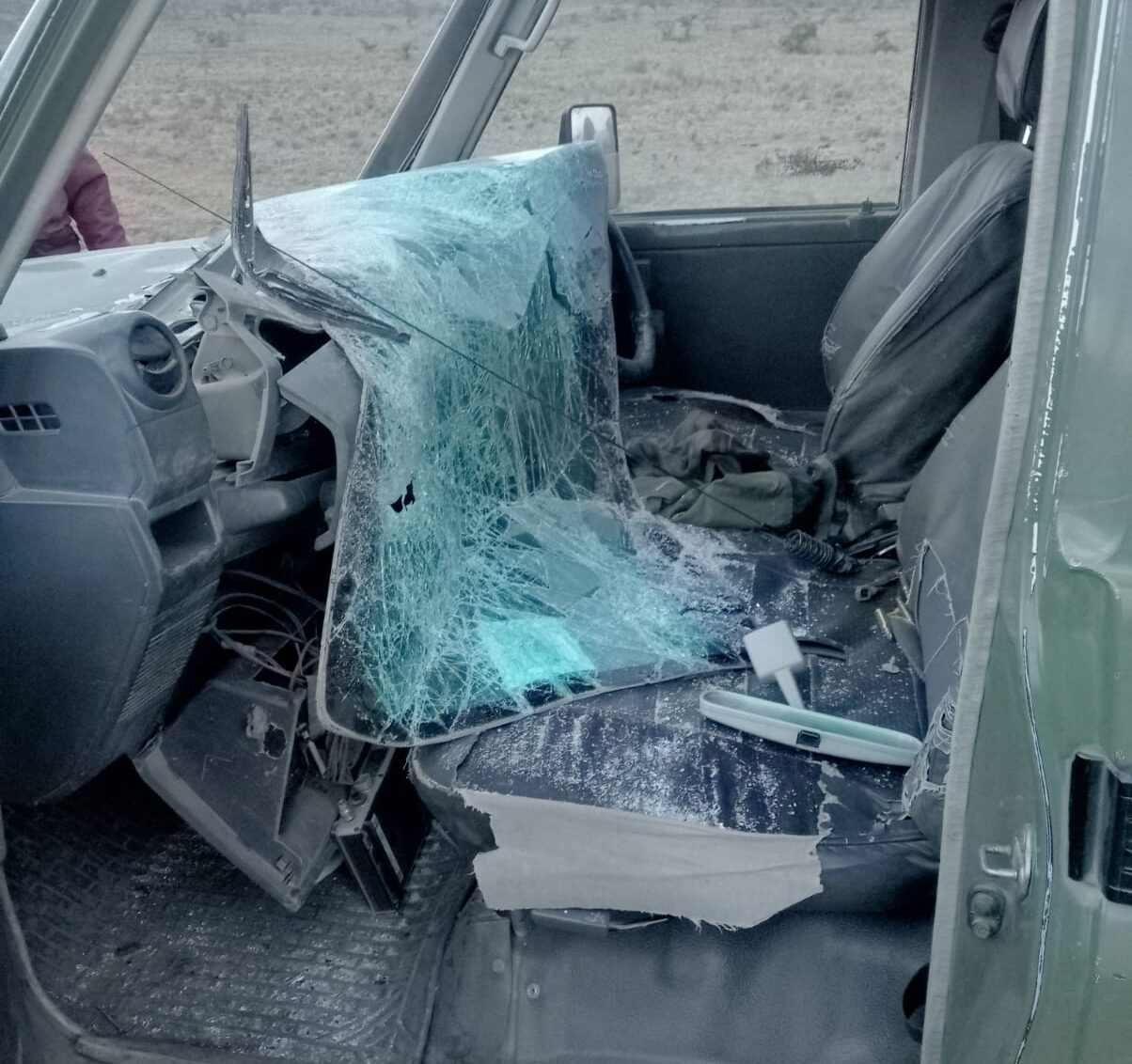
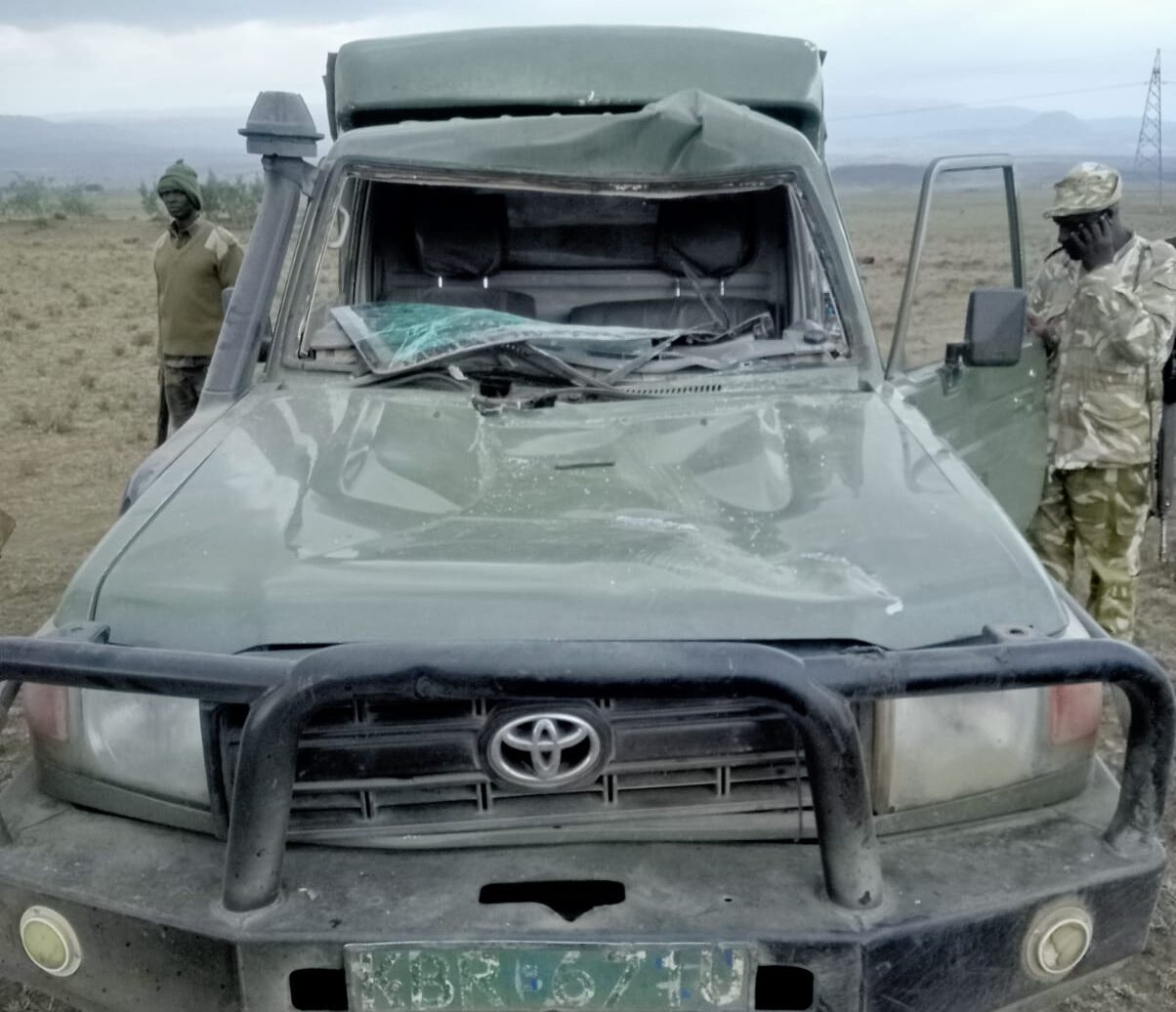
There were 24 conflict incidents in August where MEP’s community rangers responded, many at night, and the most in 2022 to date. Crops were ripe and it kept our rangers busy. In the photos, you can see damage left behind and rangers responding to remove elephants from community land.
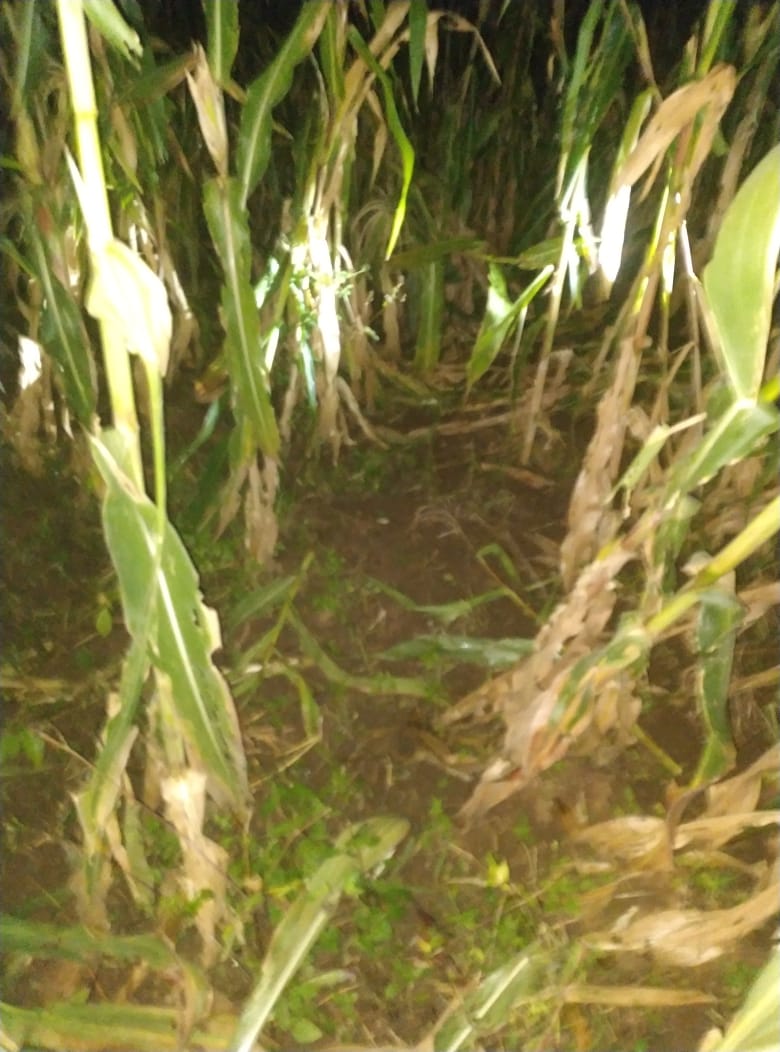
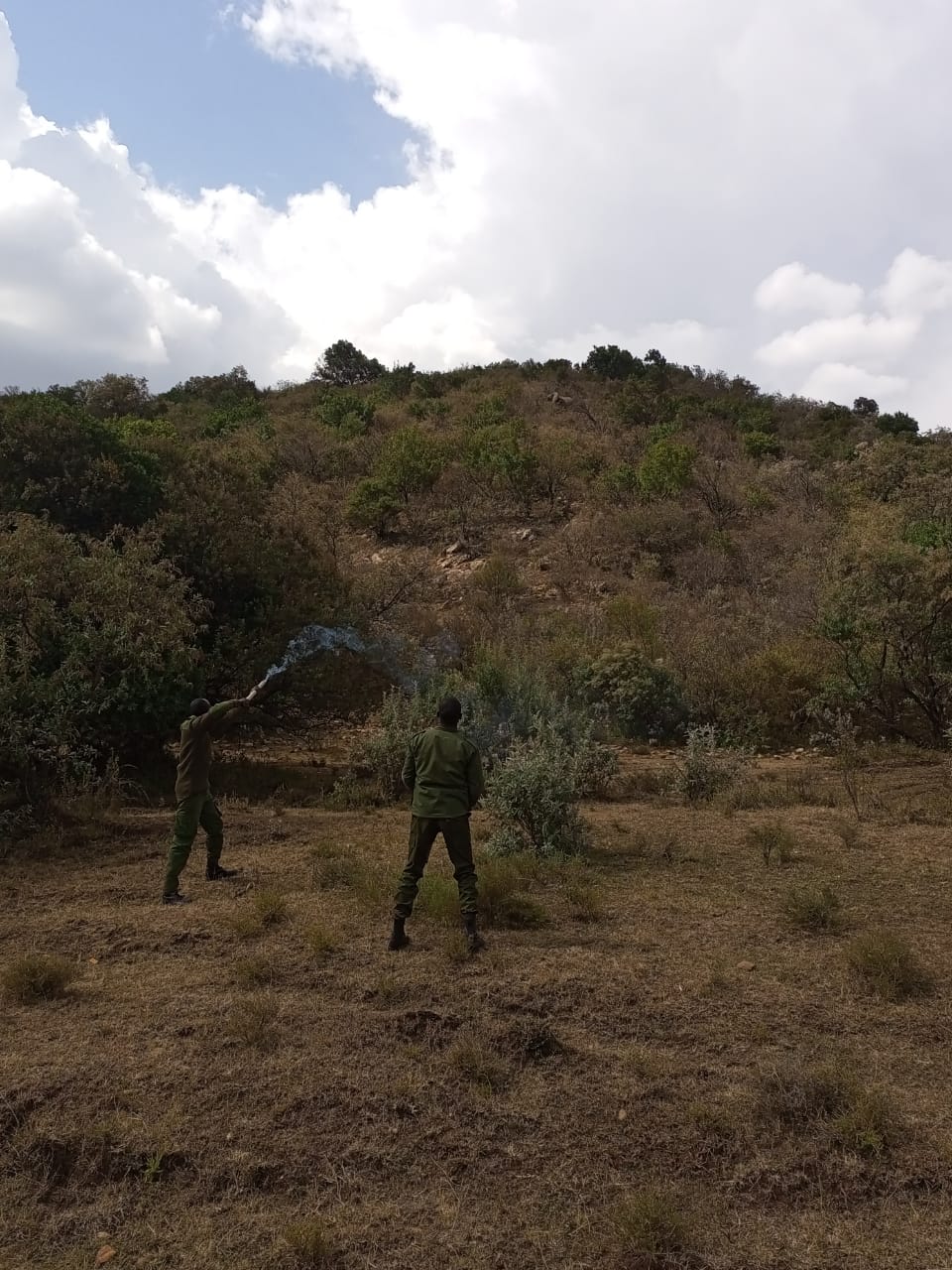

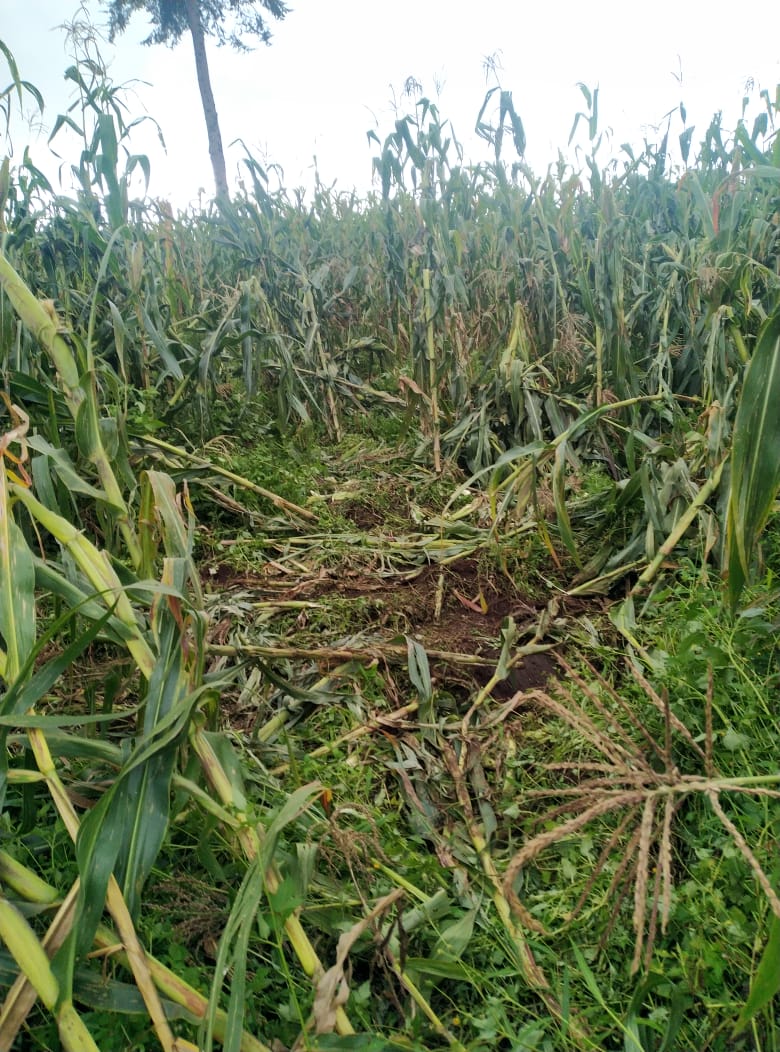
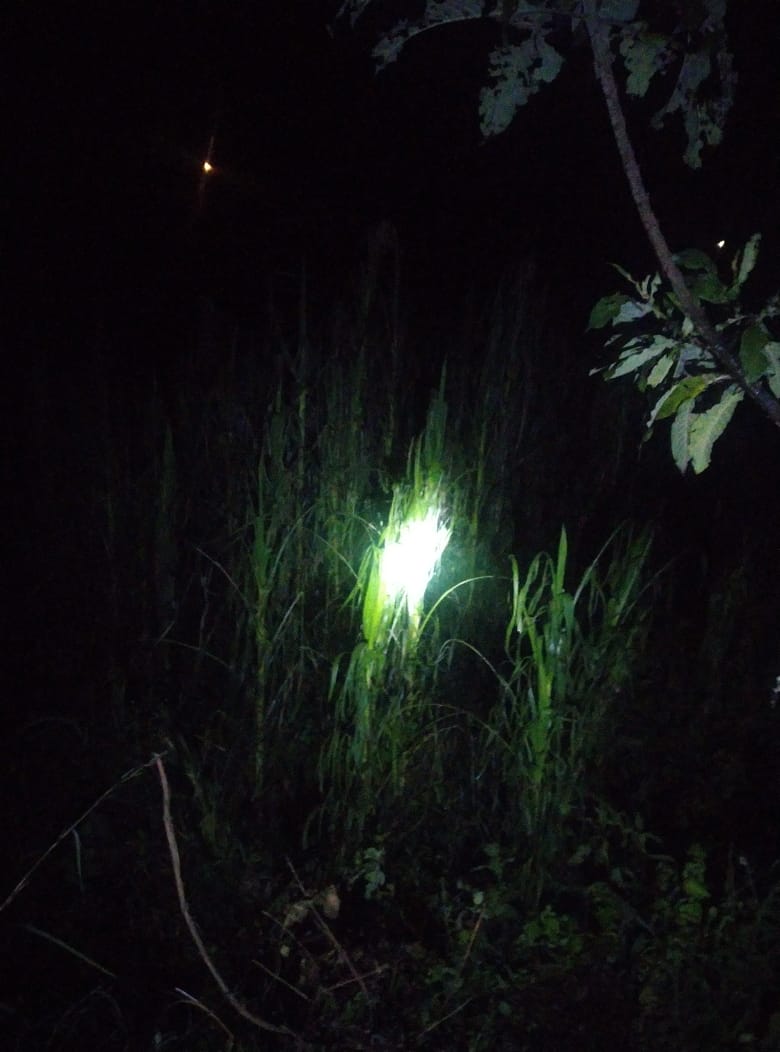
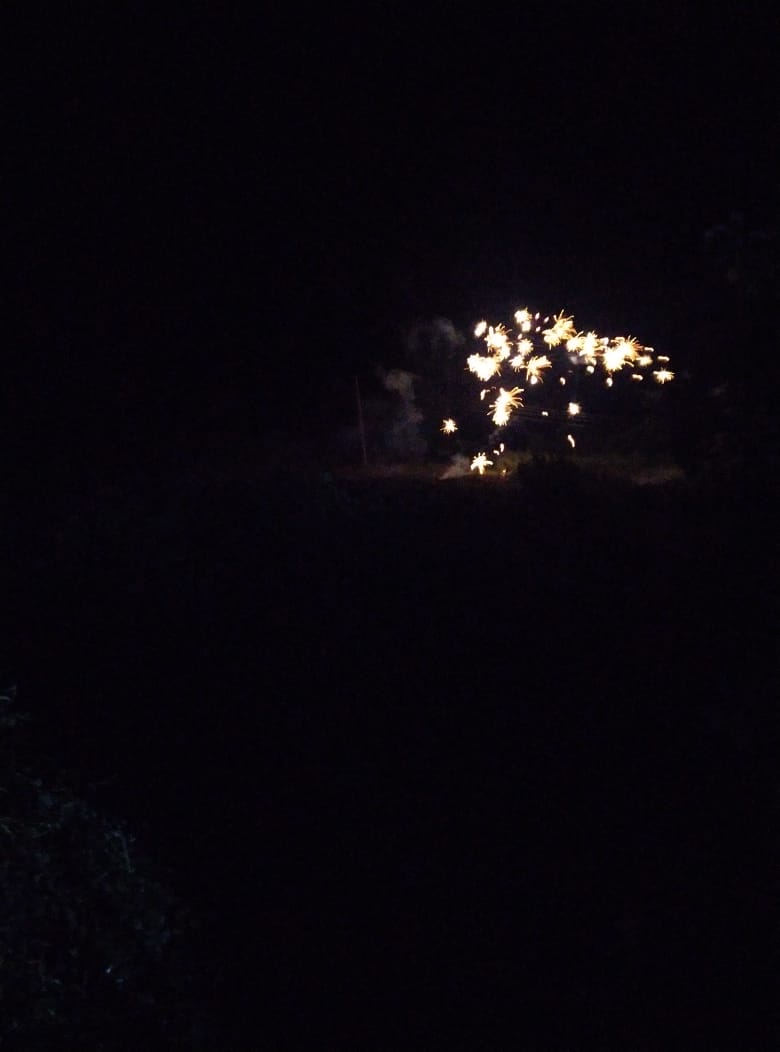
On August 14, KWS reported crop raiding elephants deep inside a farming area on the slopes of the Mau Forest on the Naivasha side. This situation quickly became an emergency as large numbers of community members had gathered to protect their farms from further damage. The KWS ground team mobilized rapidly to prevent the community from attacking the elephants, but they were not able to chase the herd out of the large-scale maize plantations. That’s when KWS called in MEP’s leased helicopter to move the elephants toward Mt. Suswa. We moved the elephants southeast 24 kilometers (15 miles) toward Mt. Suswa where they would be safe, but not without navigating a few obstacles. There were a number of very steep ravines that elephants weren’t able to cross, which meant we needed to push them along the edges of farms. As you can see from the video, when the elephants got to the Standard Gauge Railway the engineers had luckily made large underpasses for wildlife and so they easily went through. When we reached the main tarmac road from Nairobi to Narok town KWS officers on the ground were able to stop the vehicle traffic each way to let the six bulls cross safely.
Elephants make extreme movements when they are searching for mates, food resources or are following historical corridors. We are not certain where the elephants came from to reach this area, maybe the Rift Valley or Mau Forest? That’s why collecting movement data using satellite collars is a critical component to KWS and MEP’s approach to promote co-existence. If there had been a collared elephant in this herd, we would know for certain where they came from and get an early warning if they tried to reach these farms again. As if on cue, this point was made the very next week, when collared elephant Hannibal and his herd made the same movements and we were alerted to intervene with the helicopter before they were able to reach the farms. Captured from the helicopter’s GoPro 360 camera, you can see the herd crossing over the main tarmacked road between Nairobi and Narok, which created a lot of excitement locally. MEP partners with KWS and the Wildlife Research and Training Institute to collar and track key elephants to provide early intervention for conflict and monitor how elephant movements changes within an ever-changing landscape.
MEP rangers and researchers were monitoring elephants in the GME in August and had many documented sightings.
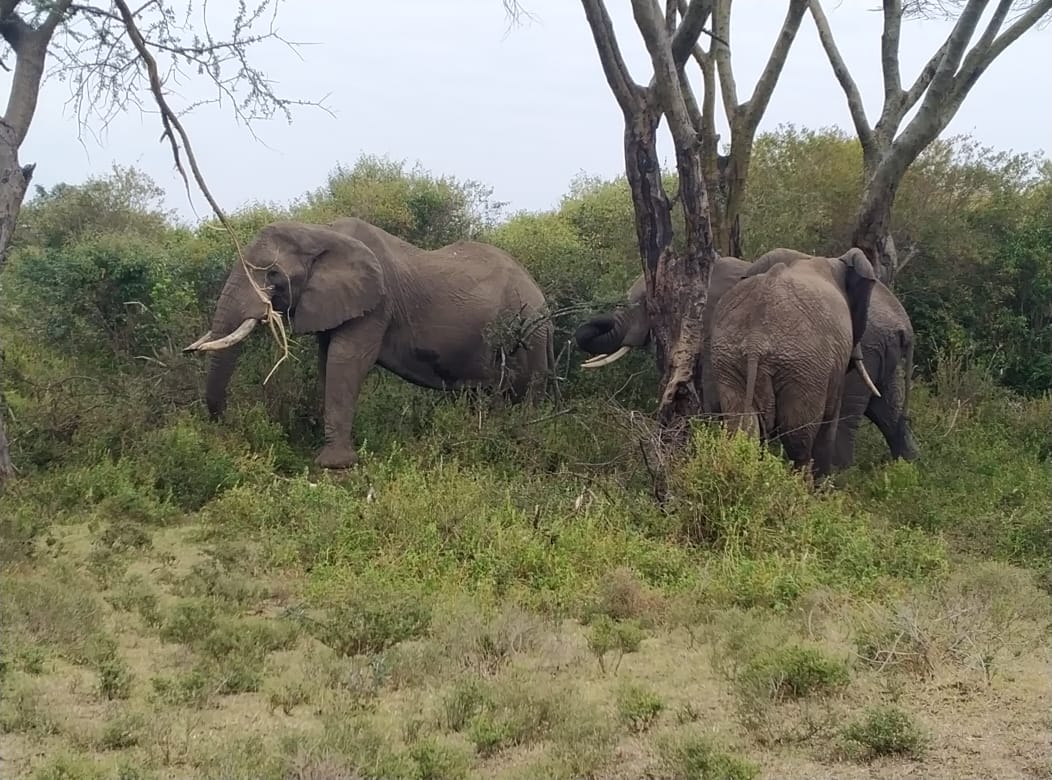
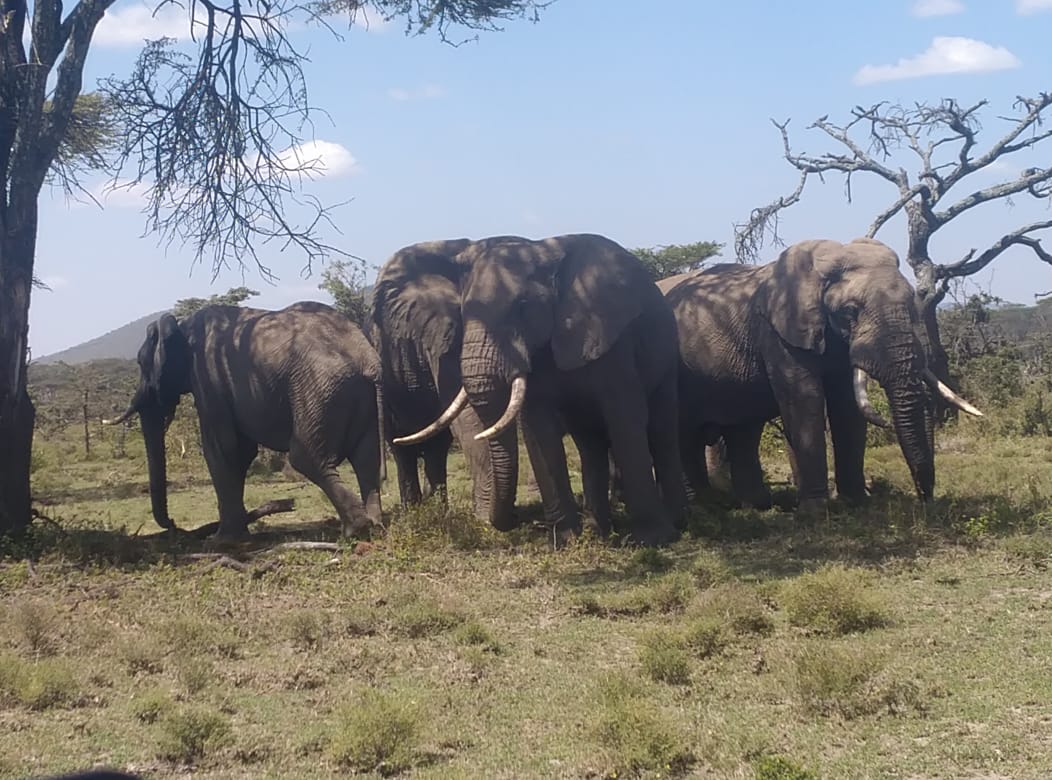
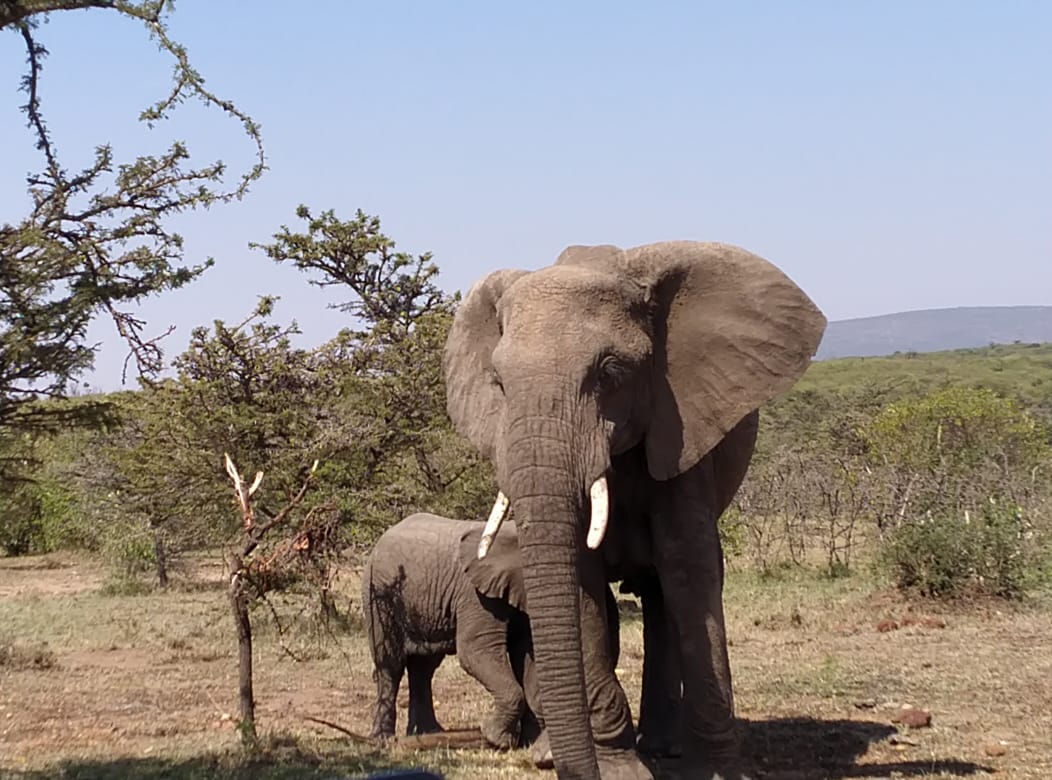
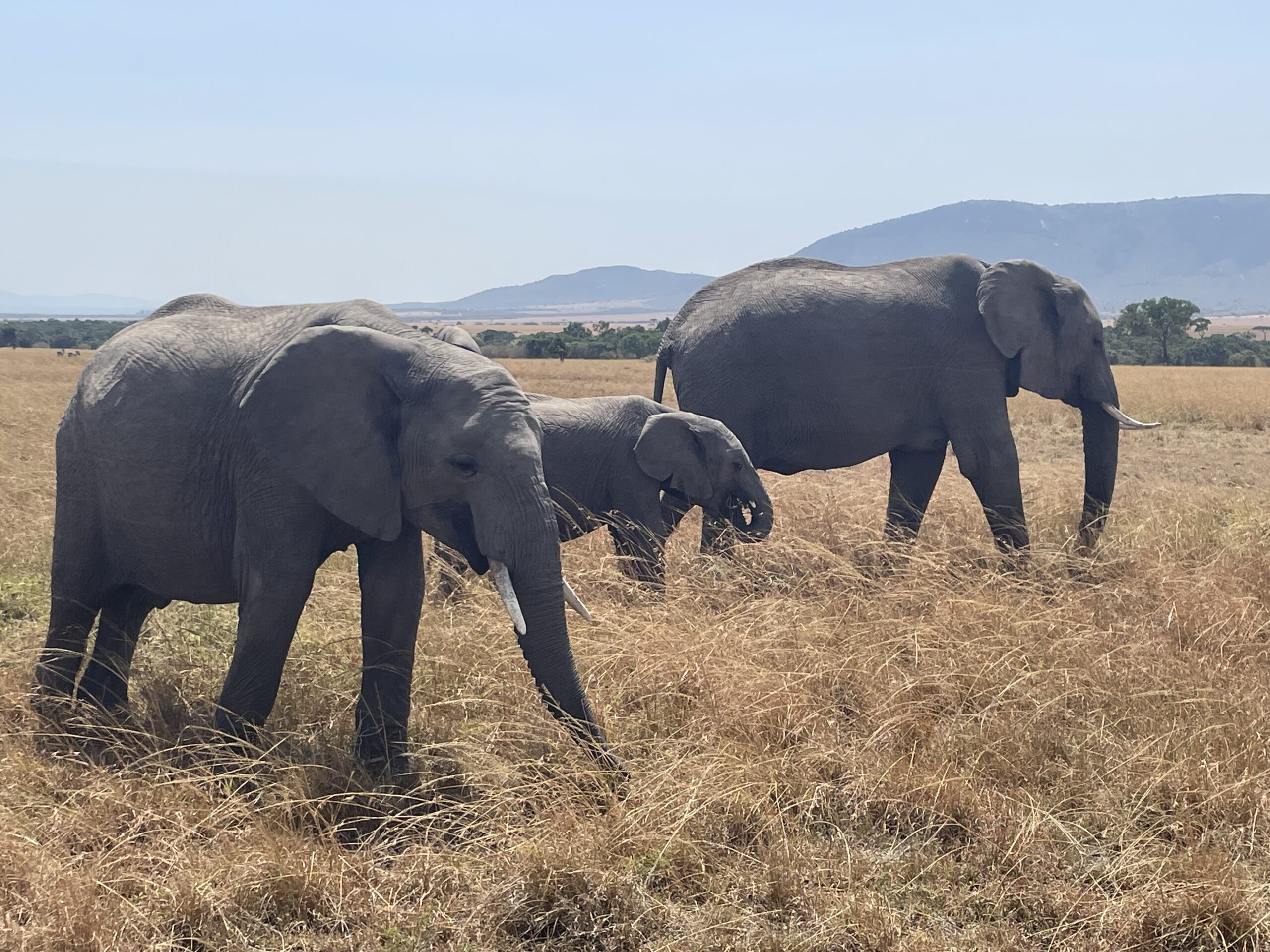

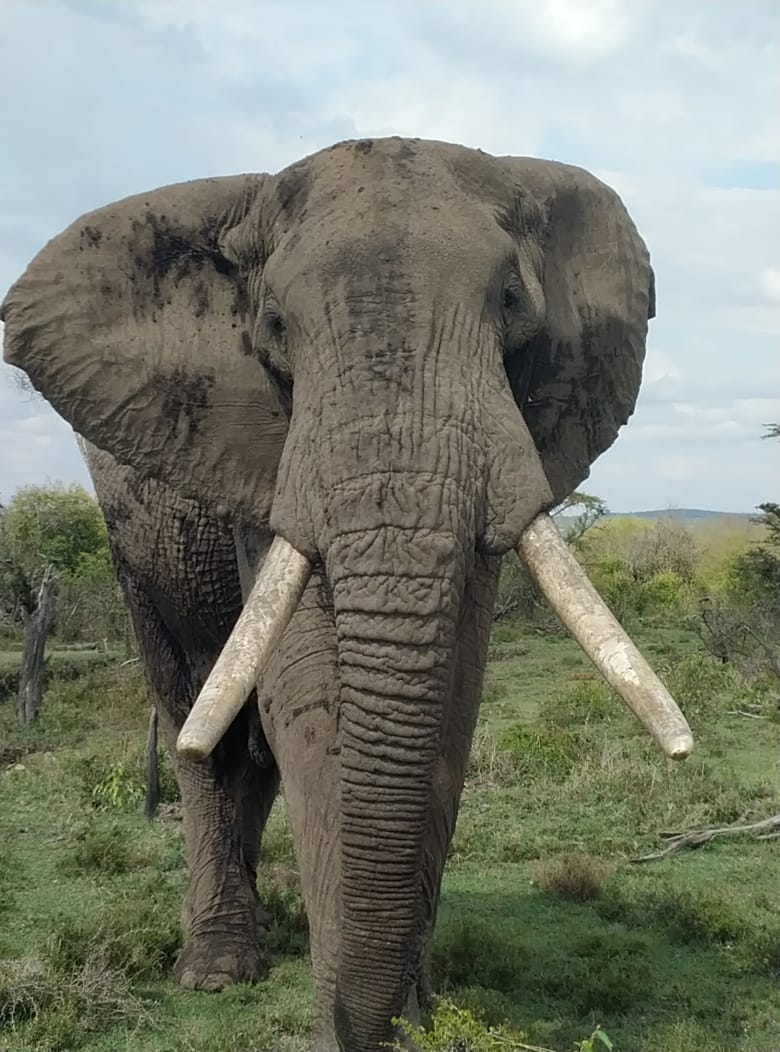
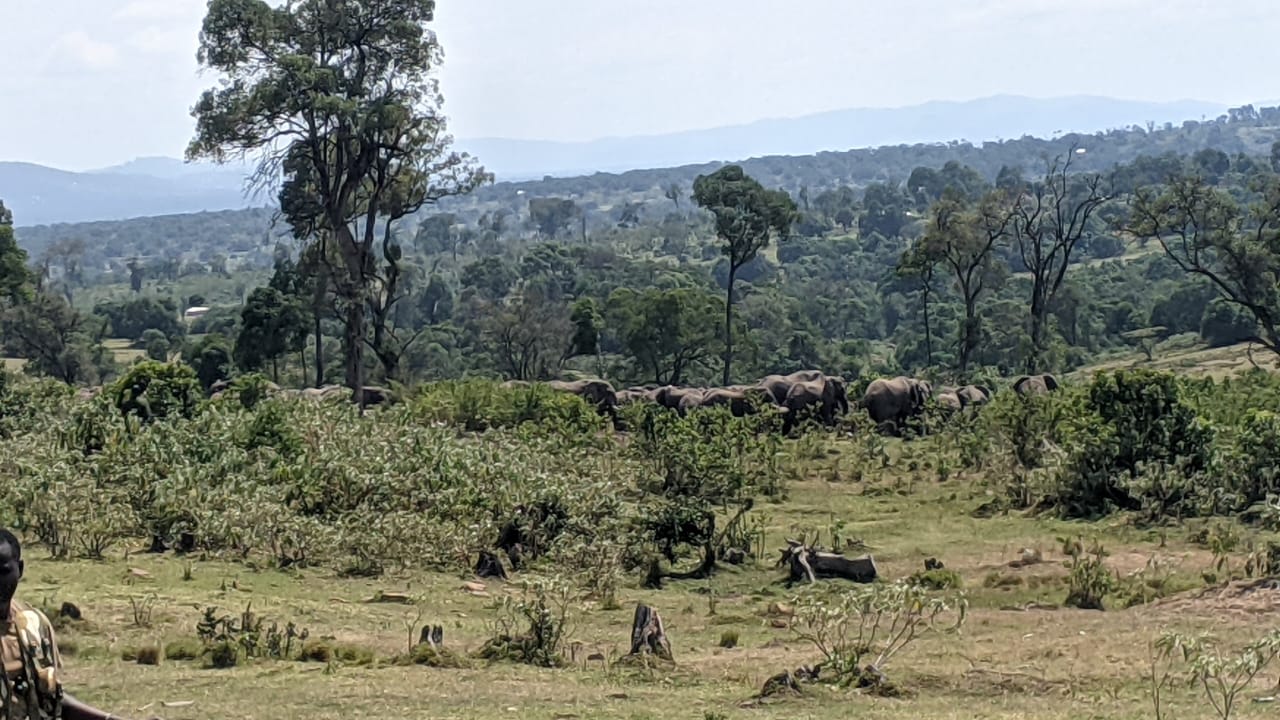
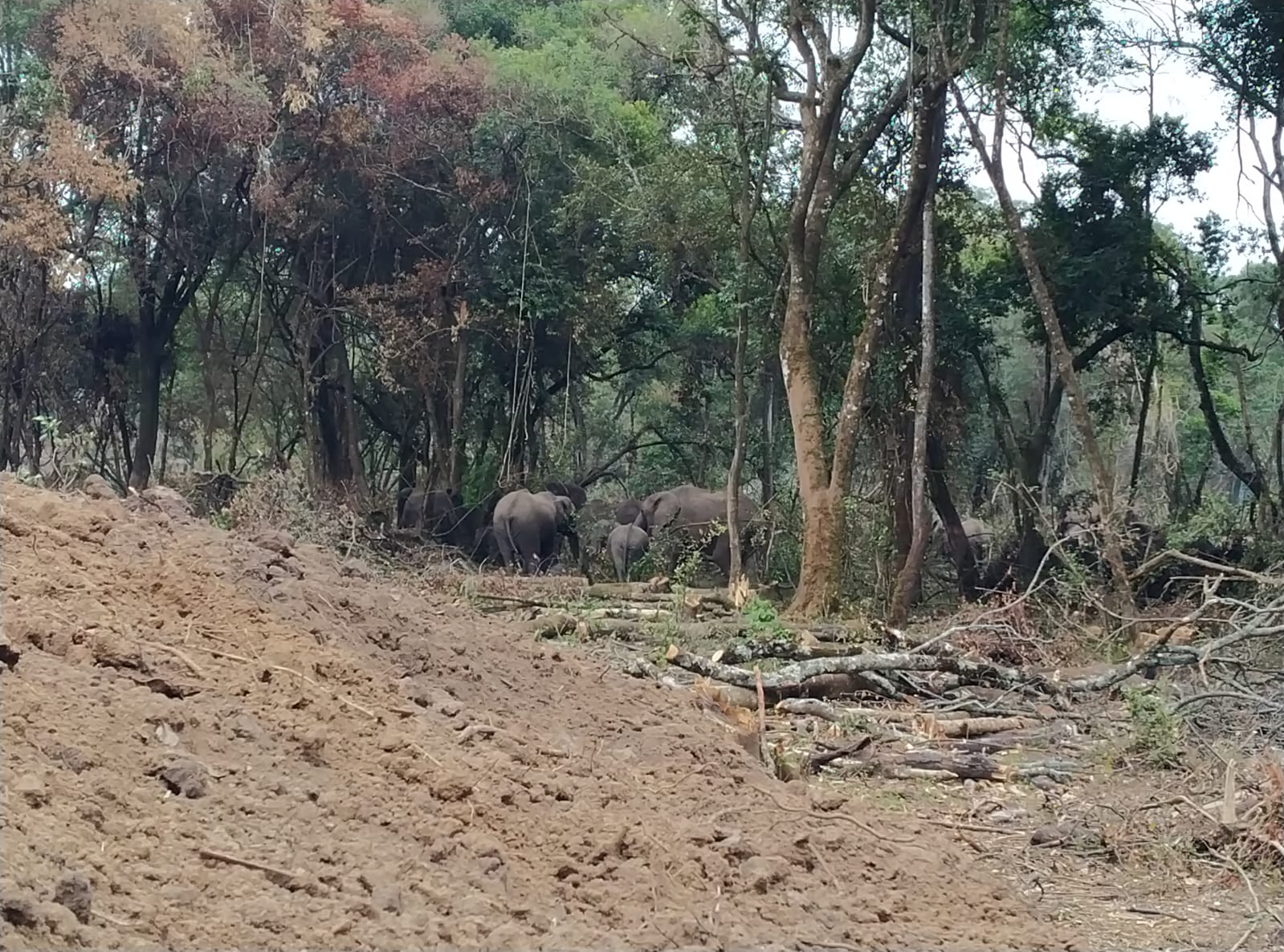
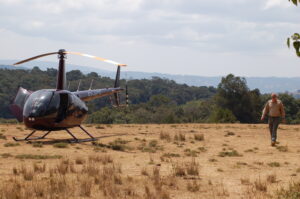 Collared elephant Audrey was monitored from the air using the MEP leased helicopter earlier tin August. Audrey was collared to allow Kenya Wildlife Service, the Wildlife Research and Training Institute and MEP to track her movements to prevent conflict and build a data driven case for support to better protect the landscape for wildlife. During the aerial monitoring, it was noted that Audrey’s herd was healthy, her collar was fully functioning without much wear-and-tear, and that her baby is growing fast.
Collared elephant Audrey was monitored from the air using the MEP leased helicopter earlier tin August. Audrey was collared to allow Kenya Wildlife Service, the Wildlife Research and Training Institute and MEP to track her movements to prevent conflict and build a data driven case for support to better protect the landscape for wildlife. During the aerial monitoring, it was noted that Audrey’s herd was healthy, her collar was fully functioning without much wear-and-tear, and that her baby is growing fast.
Mara Elephant Project’s Research Department is excited to launch a partnership with Purdue University’s The Data Mine in August. There are eight students total that are lending their skills to MEP by spending the next year working on building out Ecoscope Server. It’s a great opportunity for MEP to fulfill our education mandate and give students applicable learning experience, all while advancing our objectives for these technology tools. The EarthRanger Conservation Tech Awards closed in August, and Dr. Jake Wall be serving on the selection panel in September.
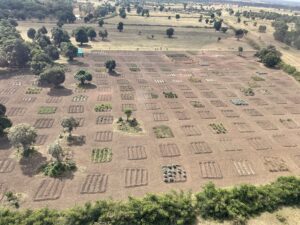 At the MEP Experimental Farm, the dry weather continued through August, where the grassland turned yellow making our farm the only green spot, which attracted more wildlife like giraffe that crossed the Mara River to the Transmara side. We have also observed a great shift of crop predation where crops like African night shade (Managu) and peppermint that were never predated before turned into a delicacy to wildlife, especially the hippos.
At the MEP Experimental Farm, the dry weather continued through August, where the grassland turned yellow making our farm the only green spot, which attracted more wildlife like giraffe that crossed the Mara River to the Transmara side. We have also observed a great shift of crop predation where crops like African night shade (Managu) and peppermint that were never predated before turned into a delicacy to wildlife, especially the hippos.




The farm’s heirloom seeds are growing well at the new kitchen garden that’s being tested.
We were just amazed by everyone’s support in August. You joined us to Go Gray for World Elephant Day and showed your love on social media and by supporting our mission. Our long-time supporter, Elephanatics, raised money to re-green the Mara, partnering with Seedballs Kenya to fund 125 kg of indigenous seedballs for MEP to distribute in areas of the Mara destroyed by kilns or logging.
An August entry from Vanessa Beadling.
